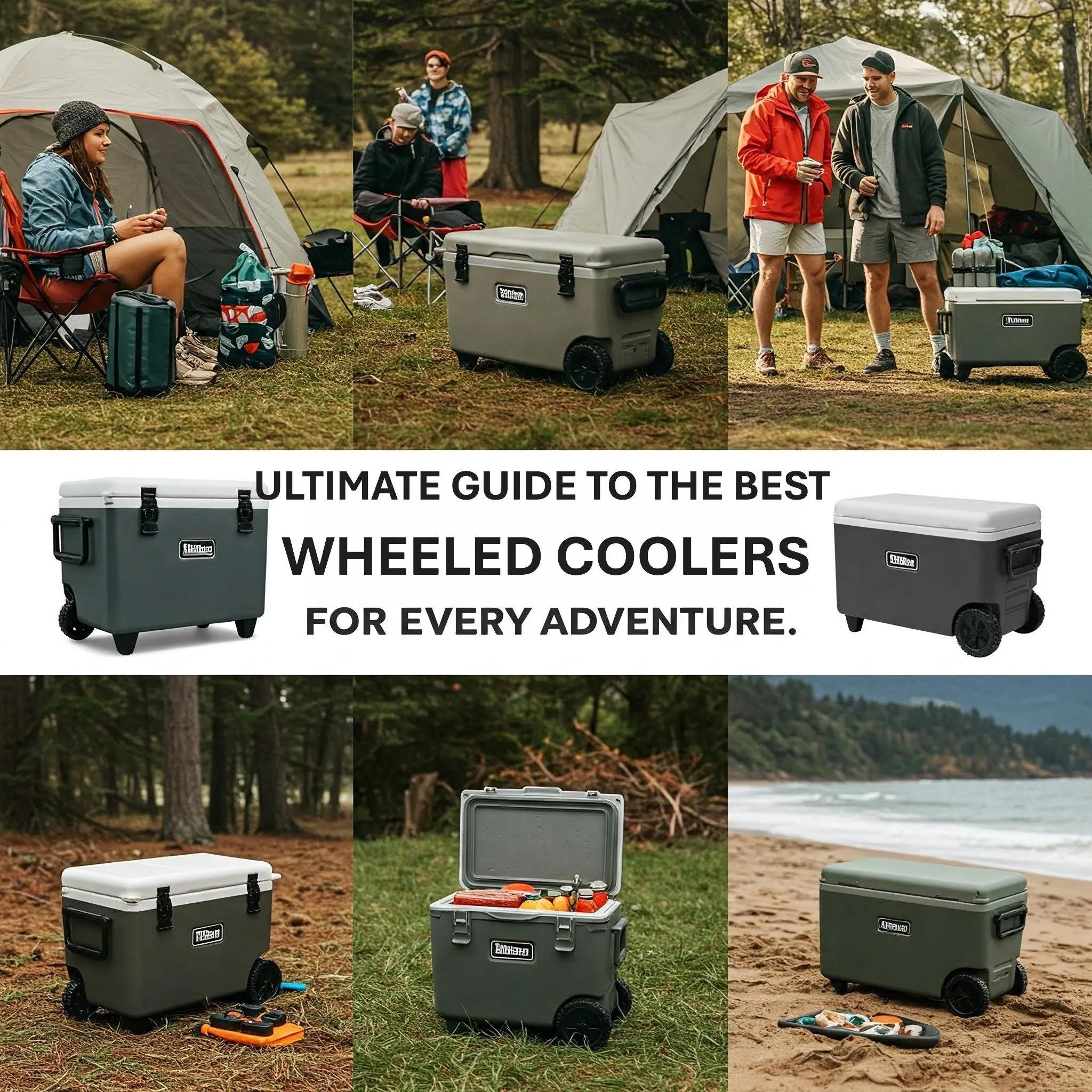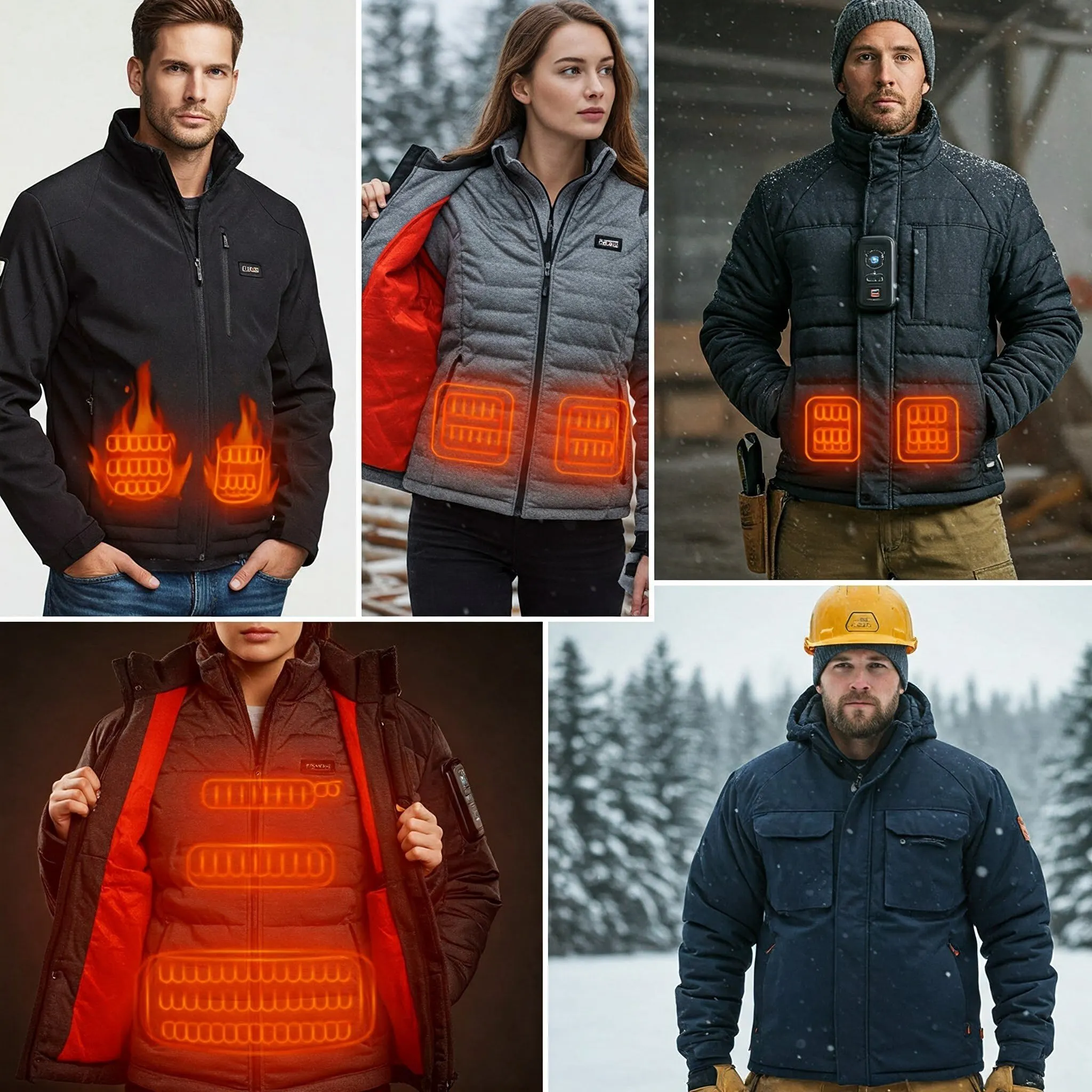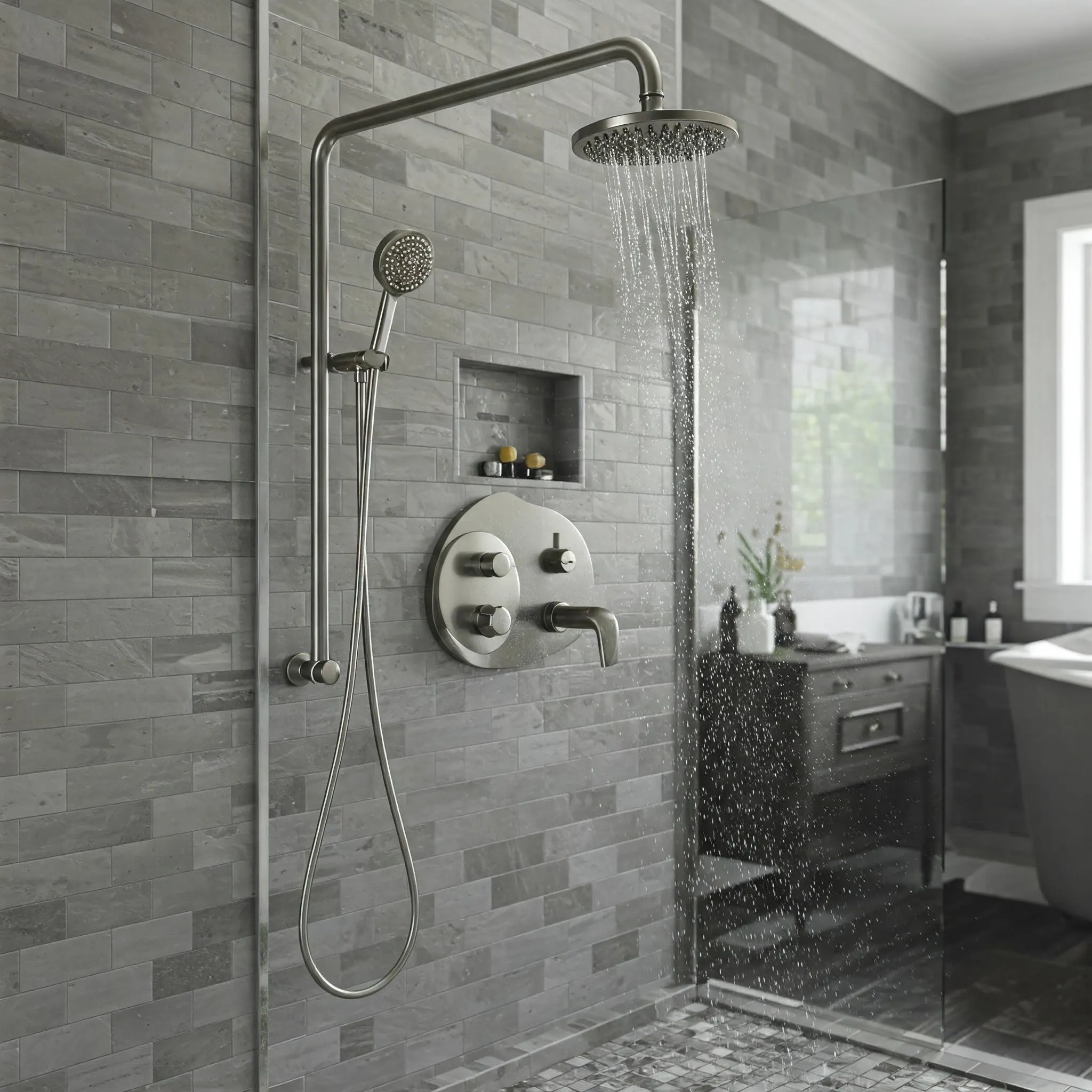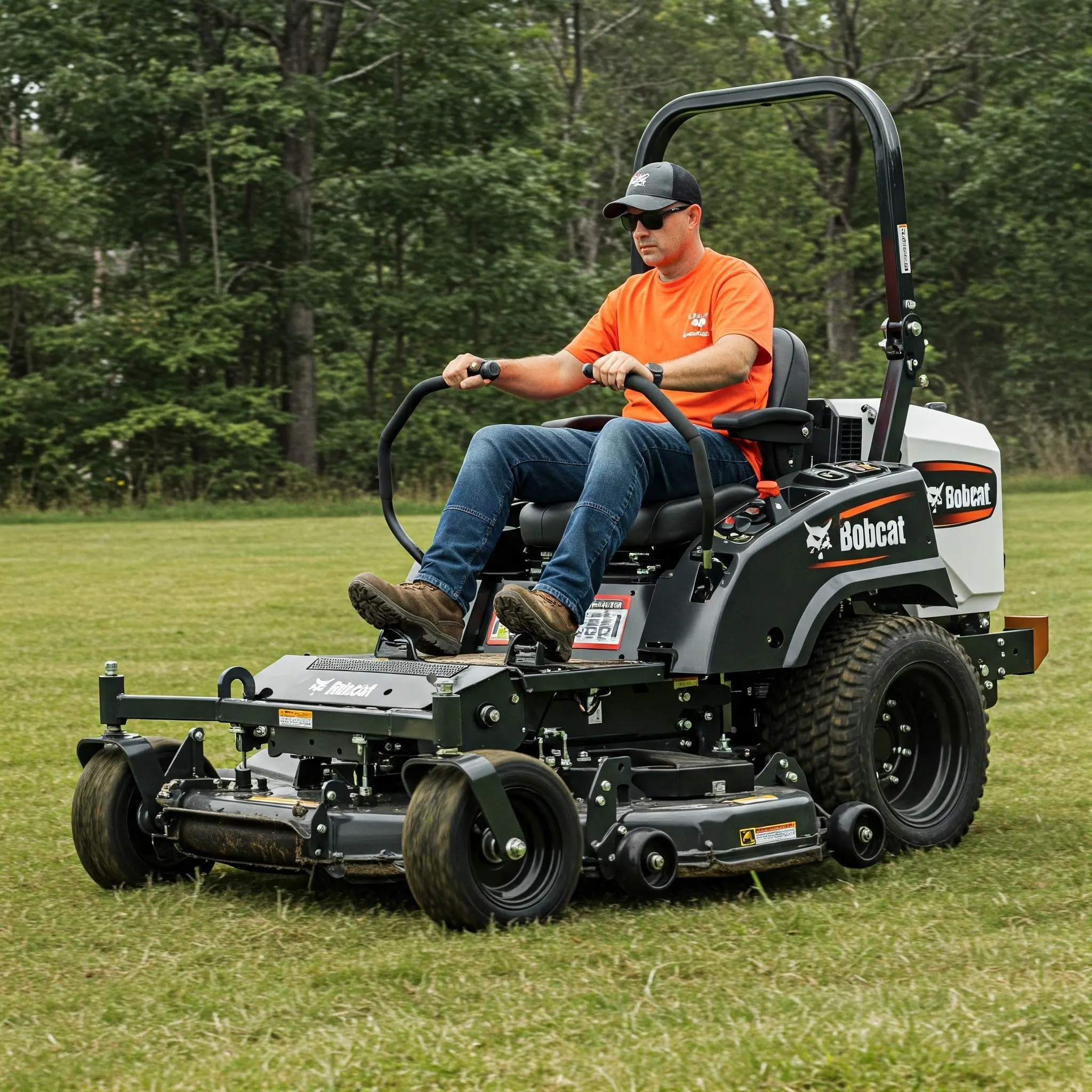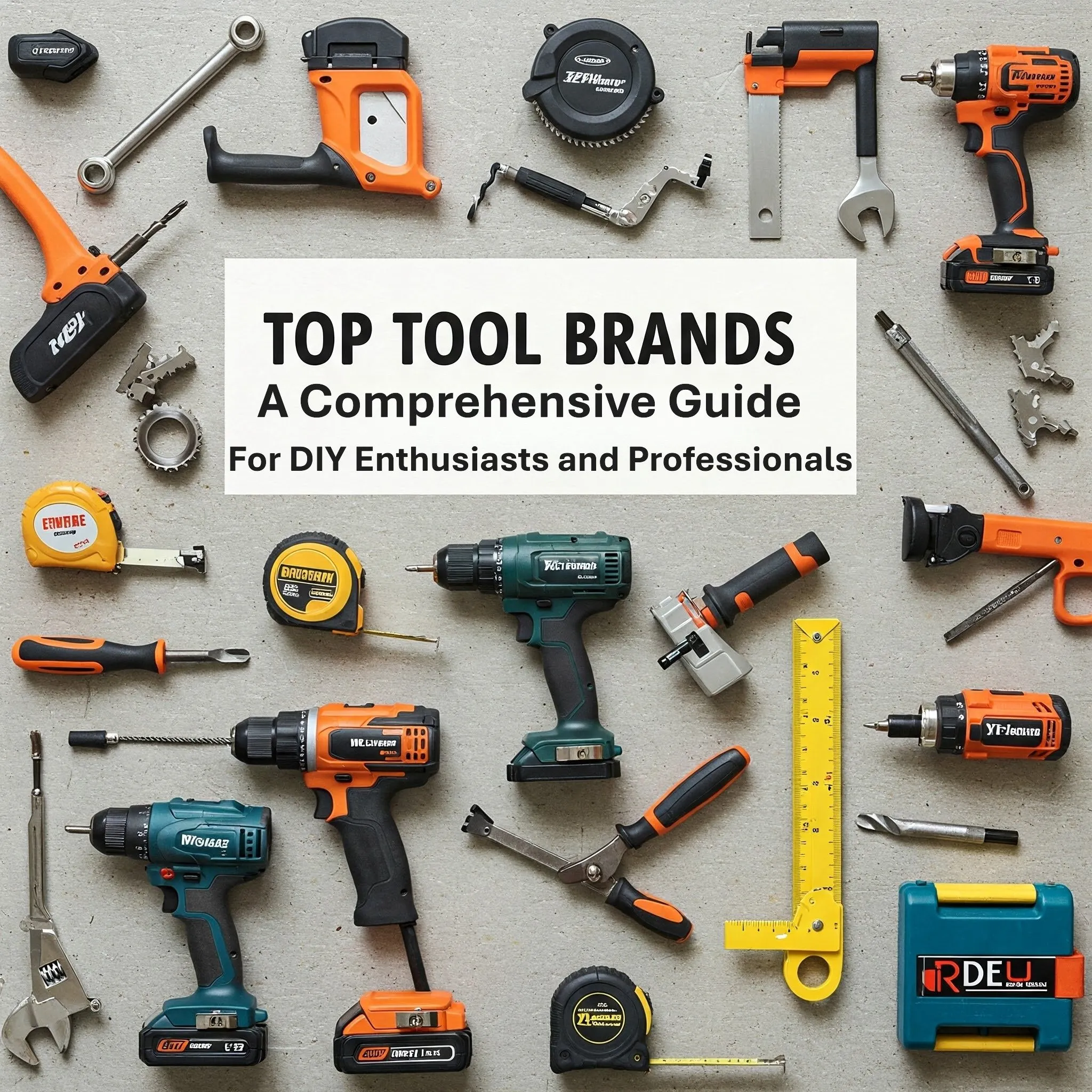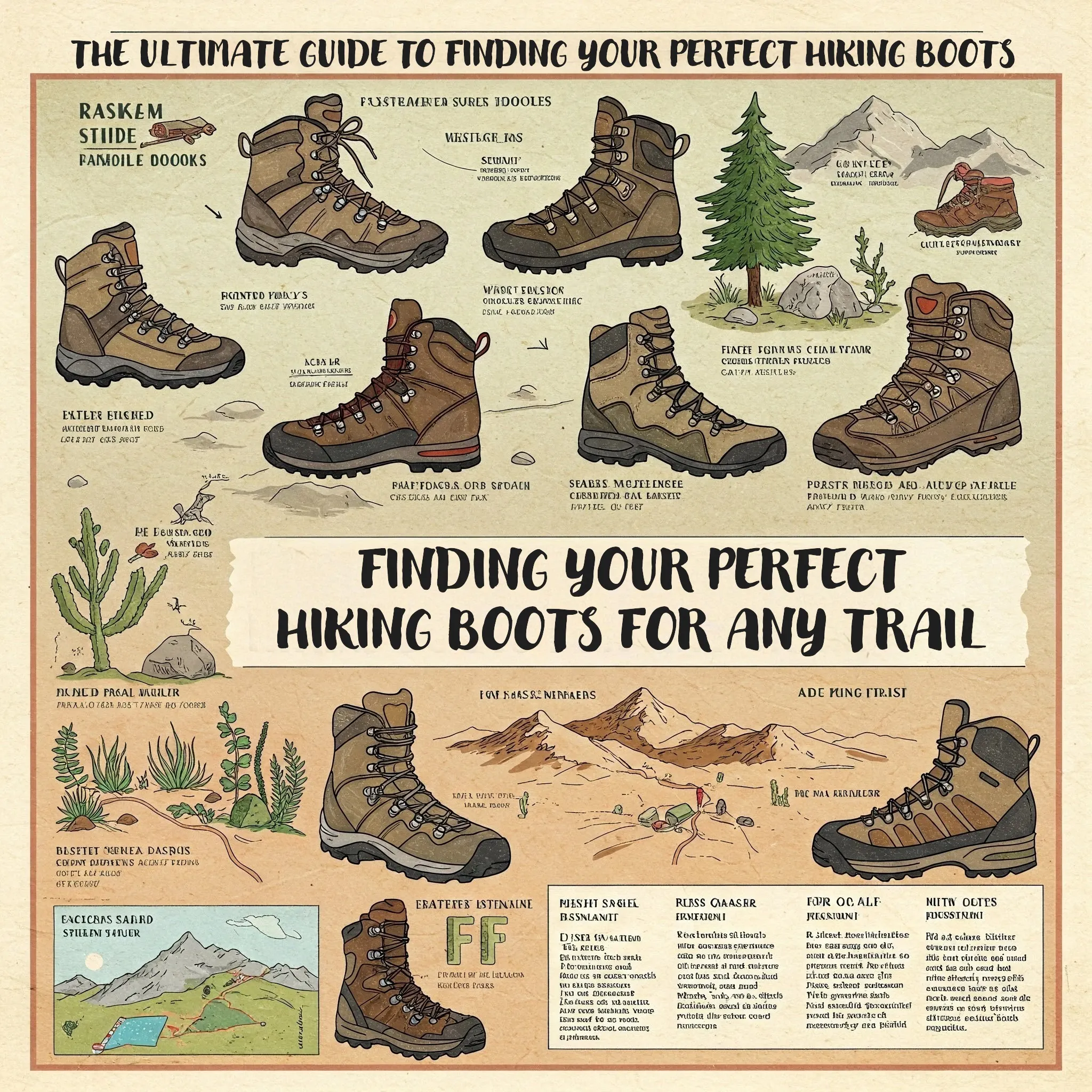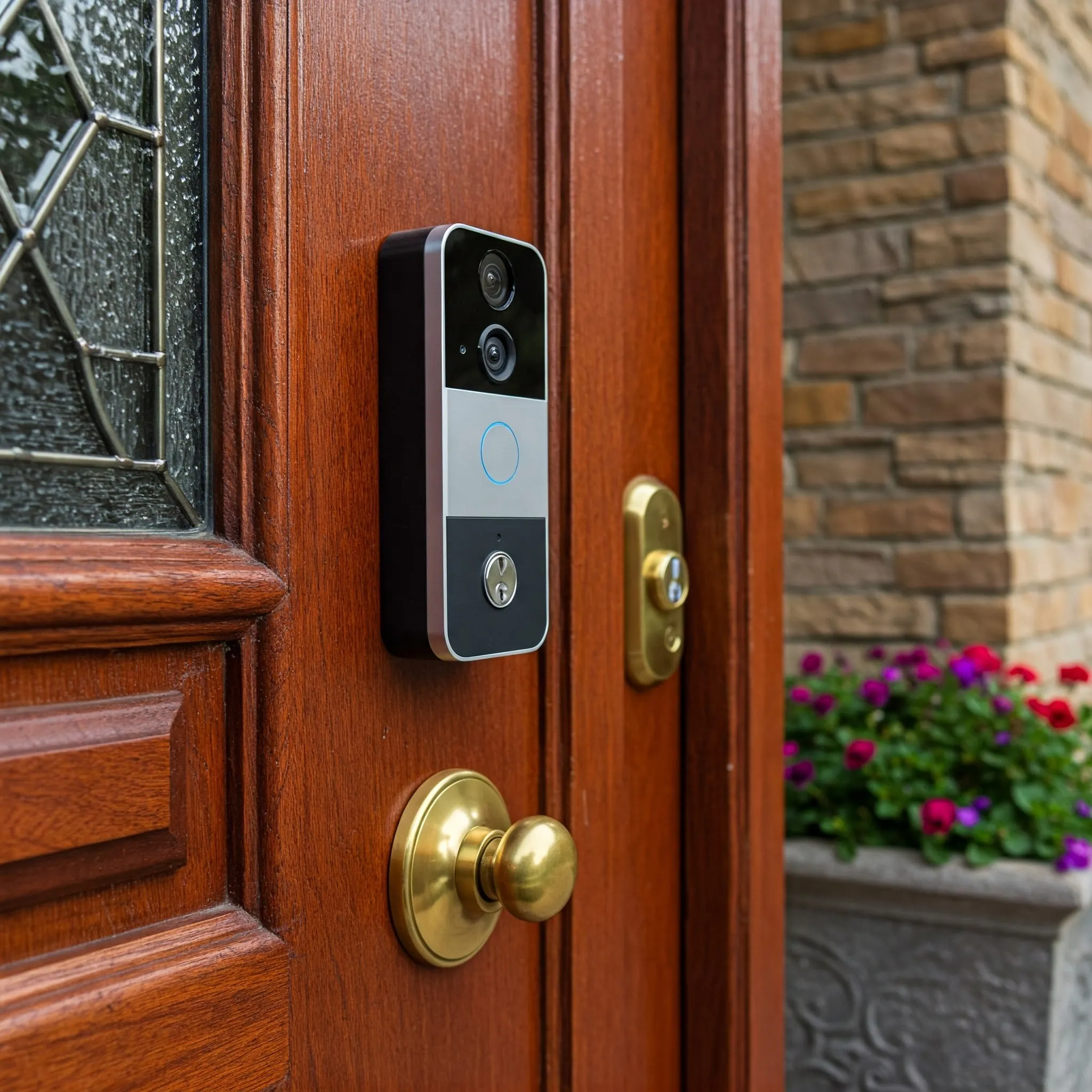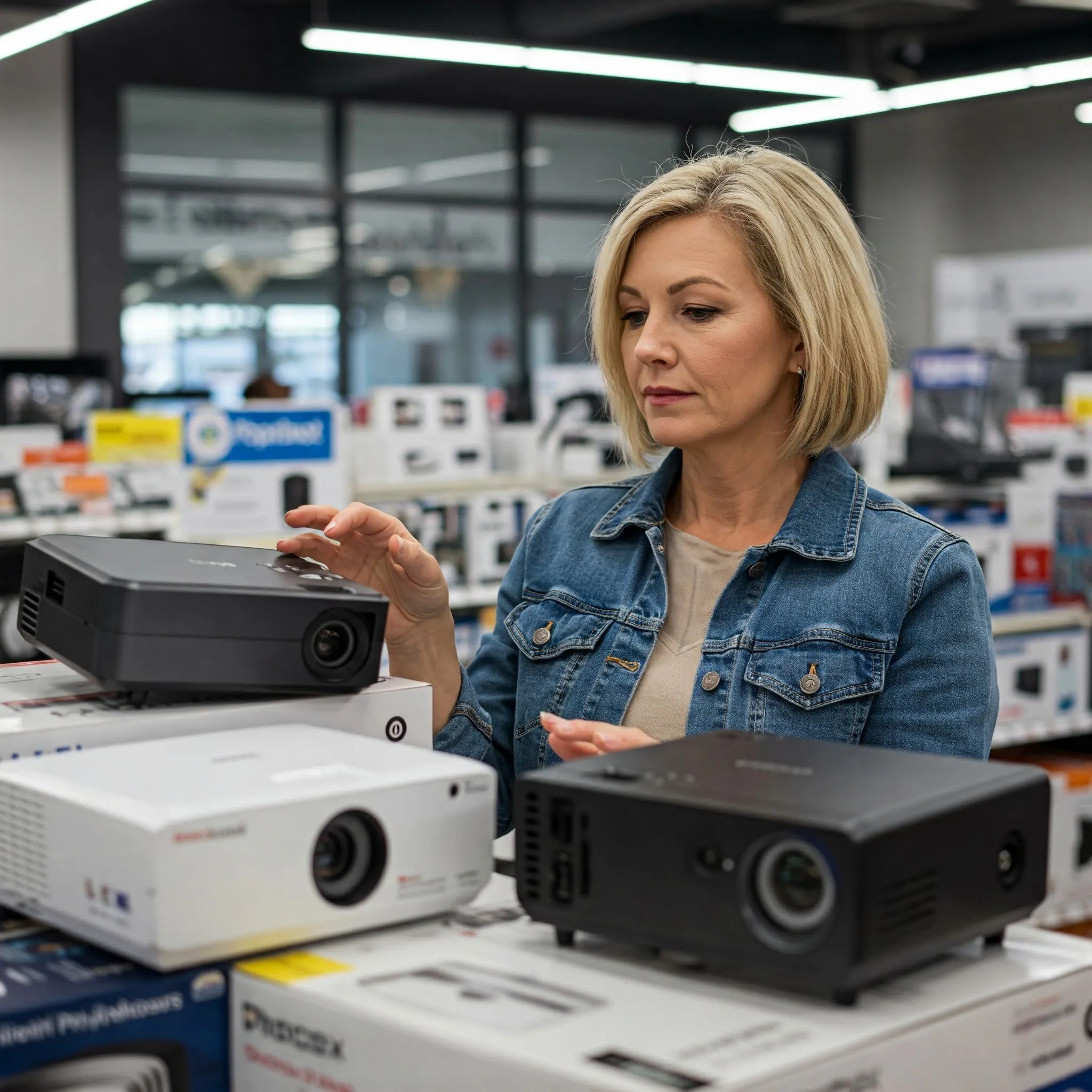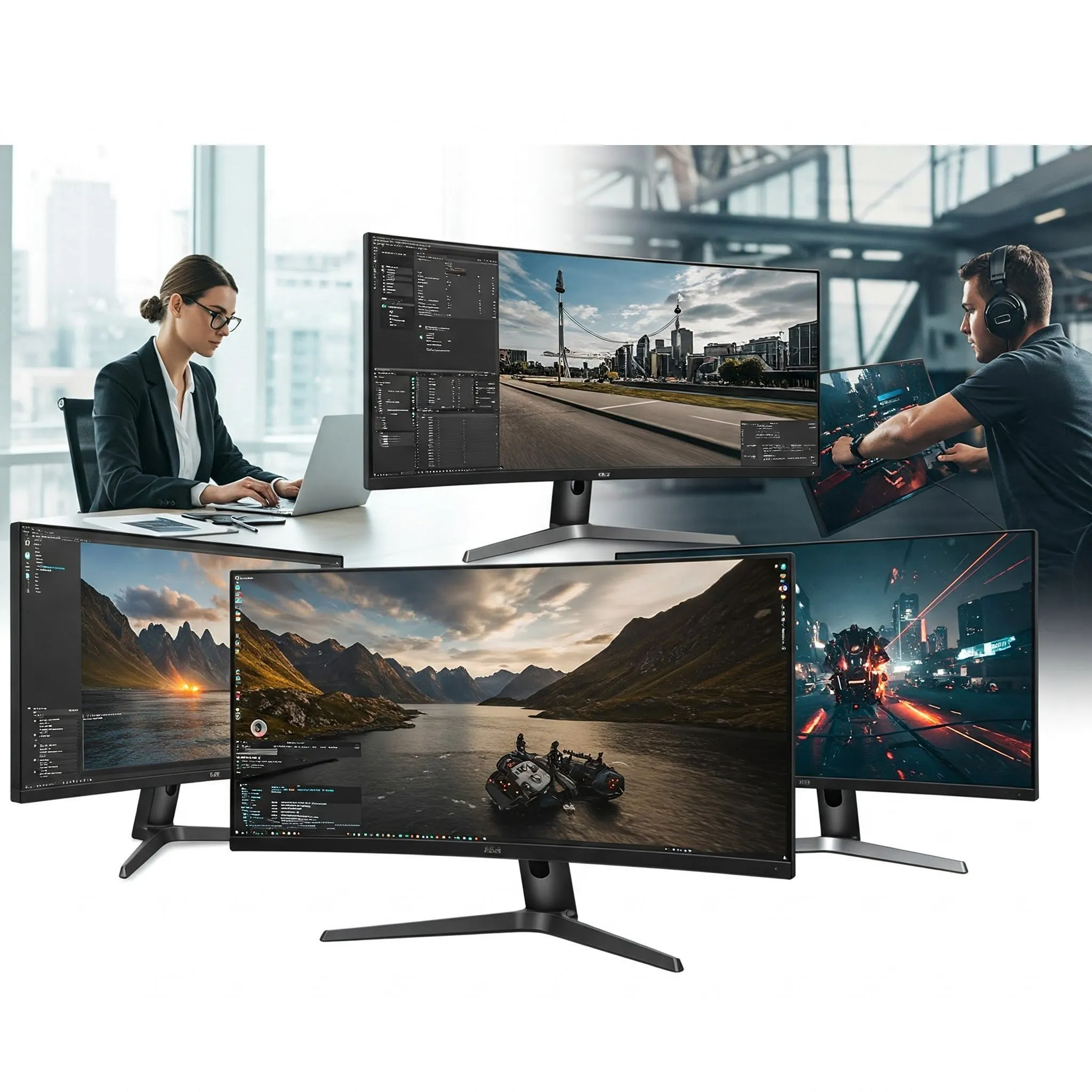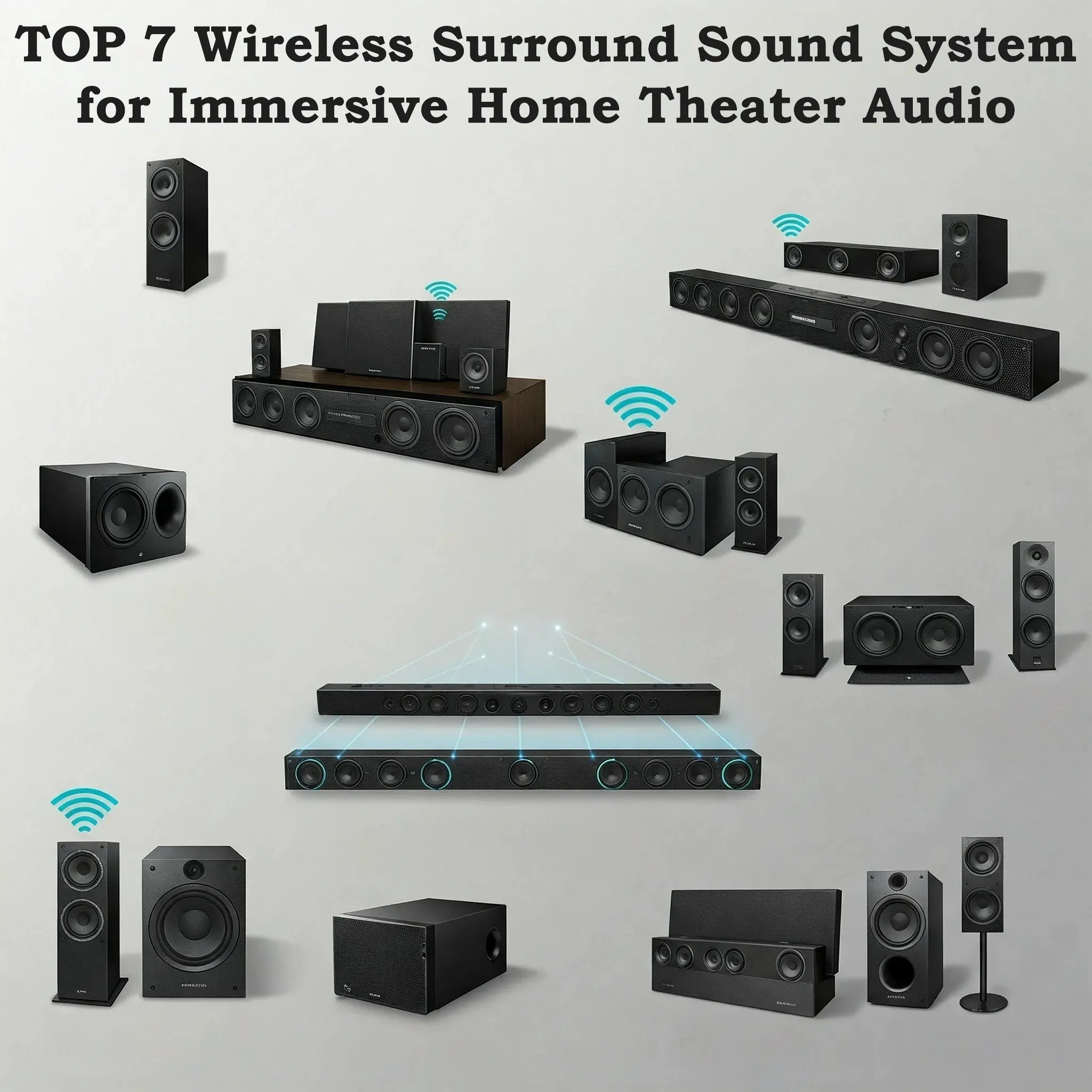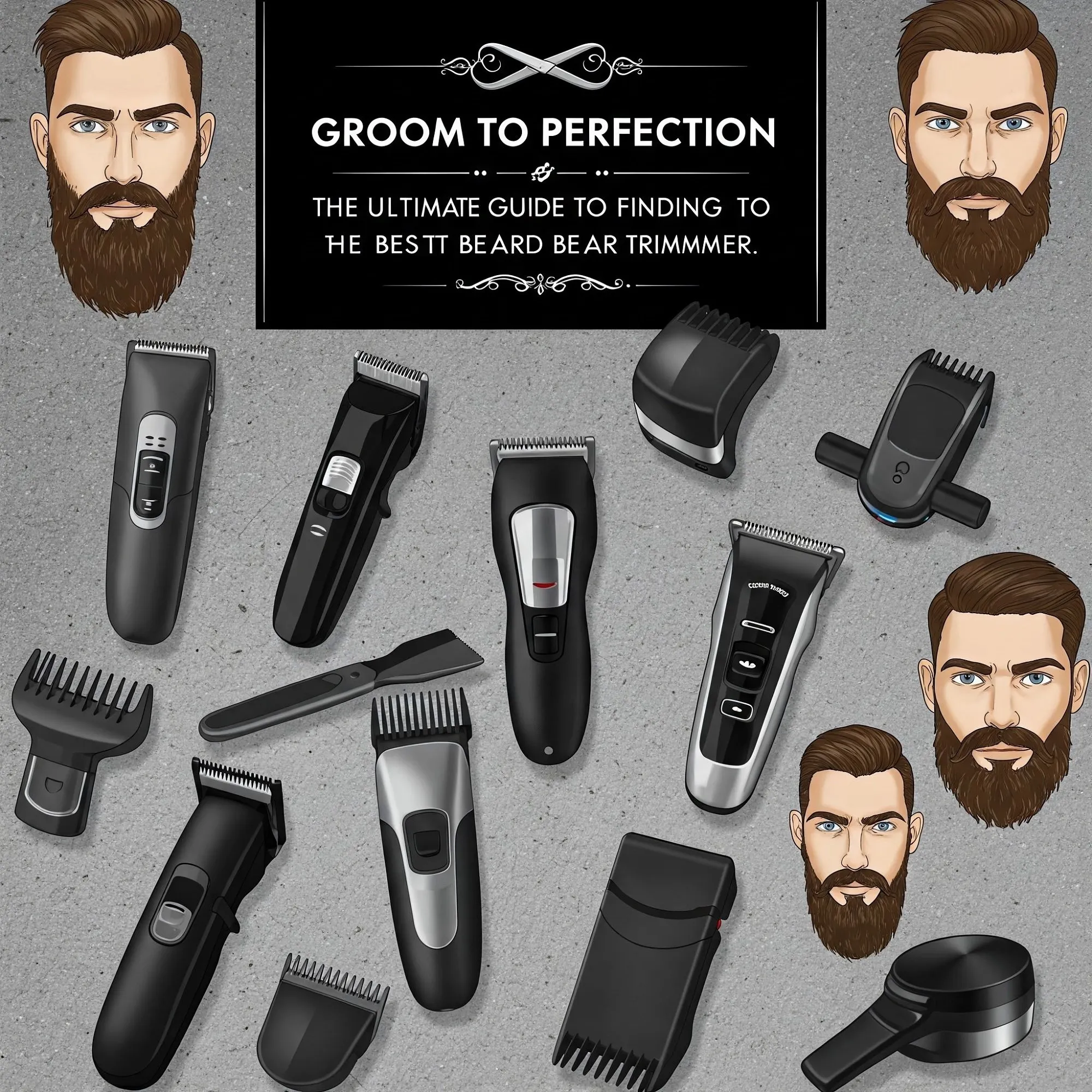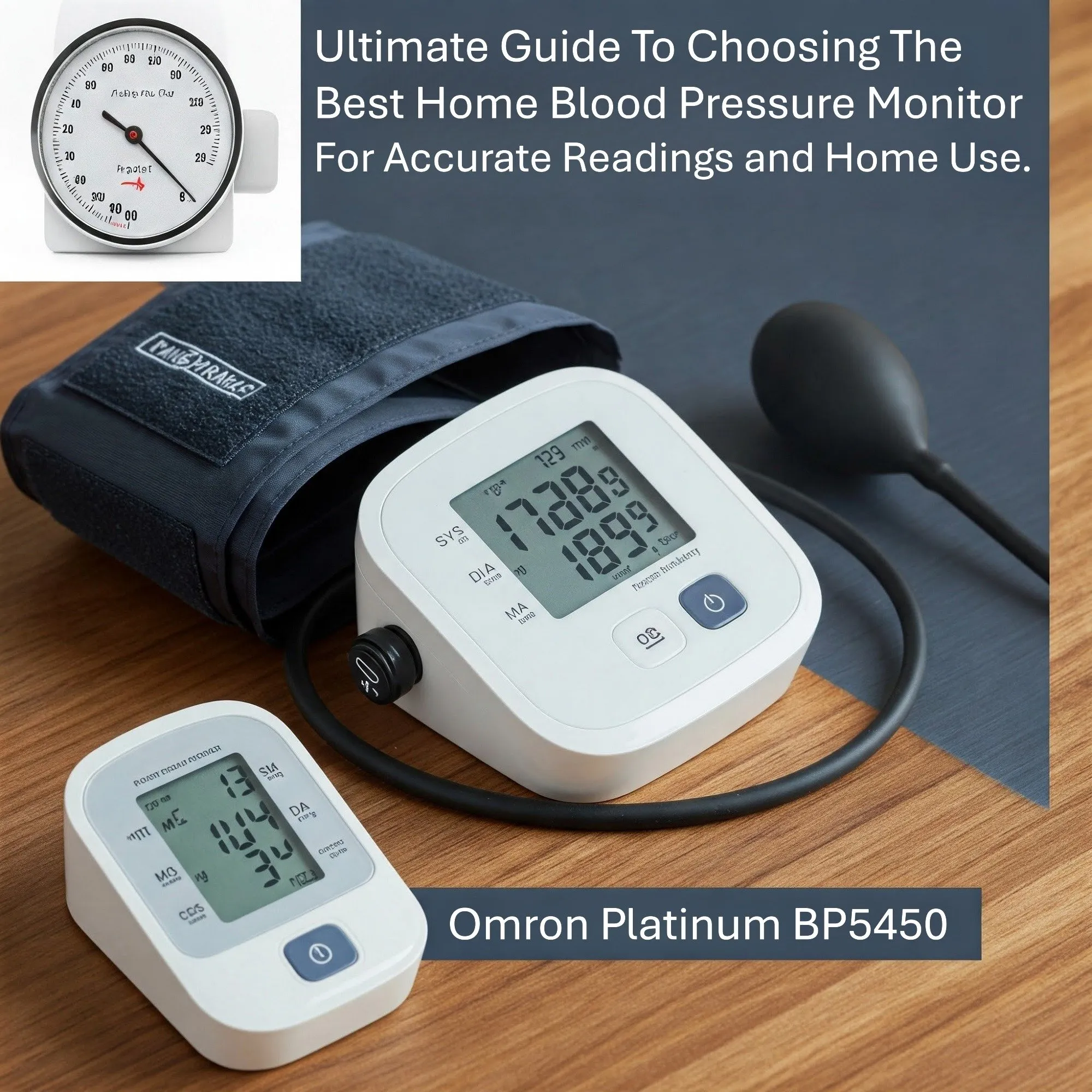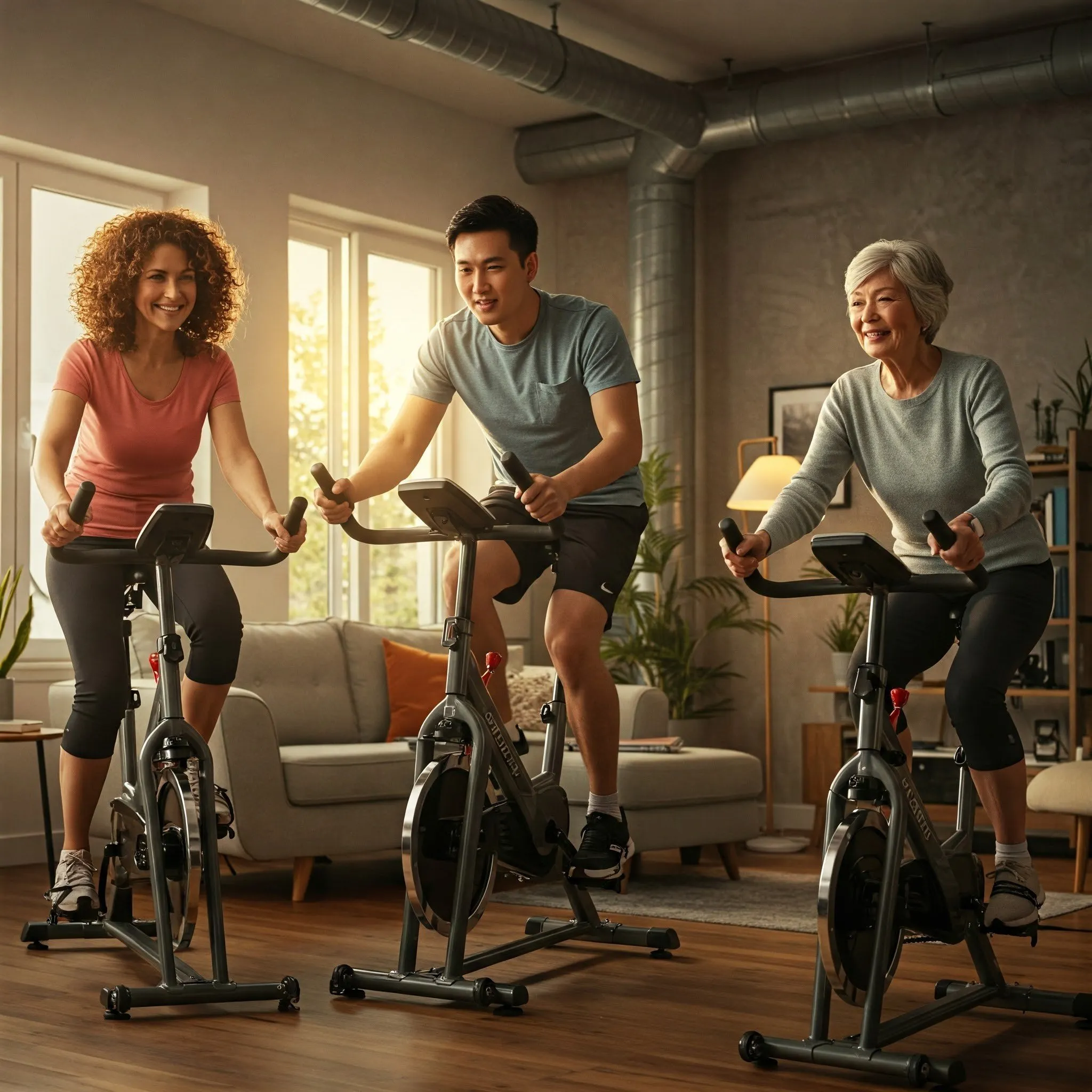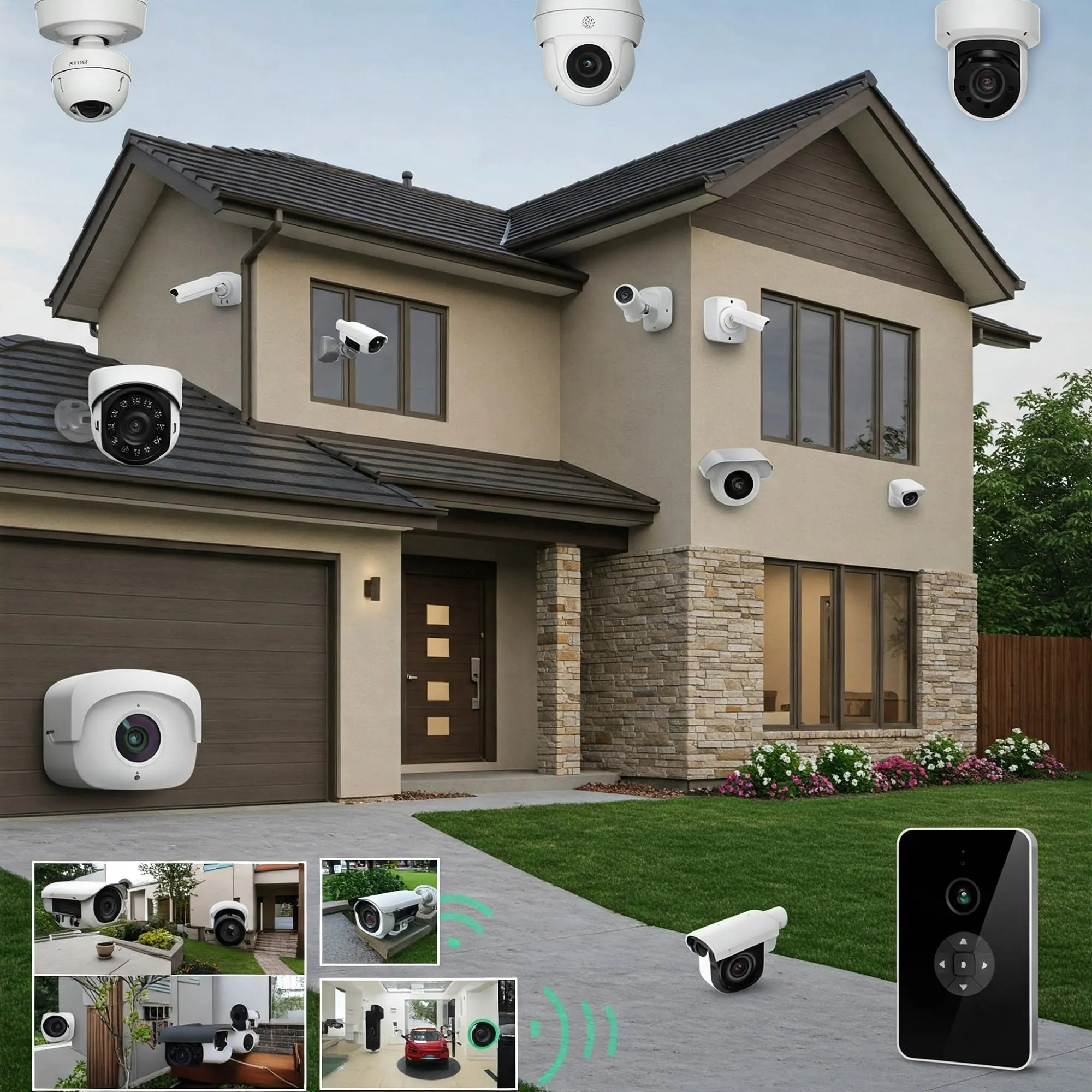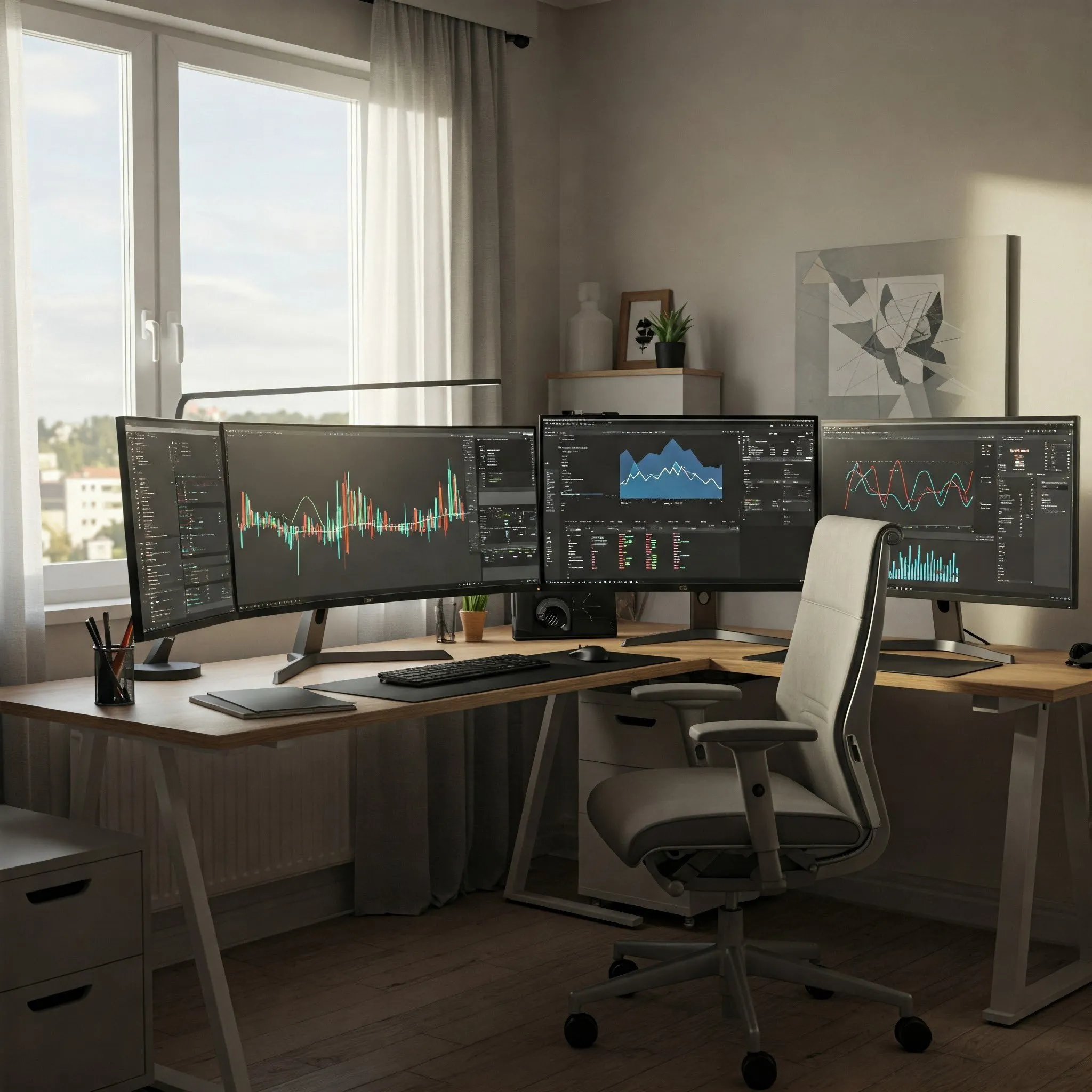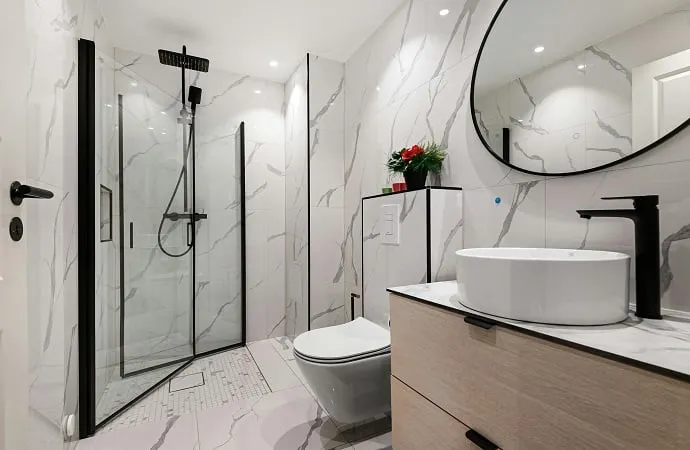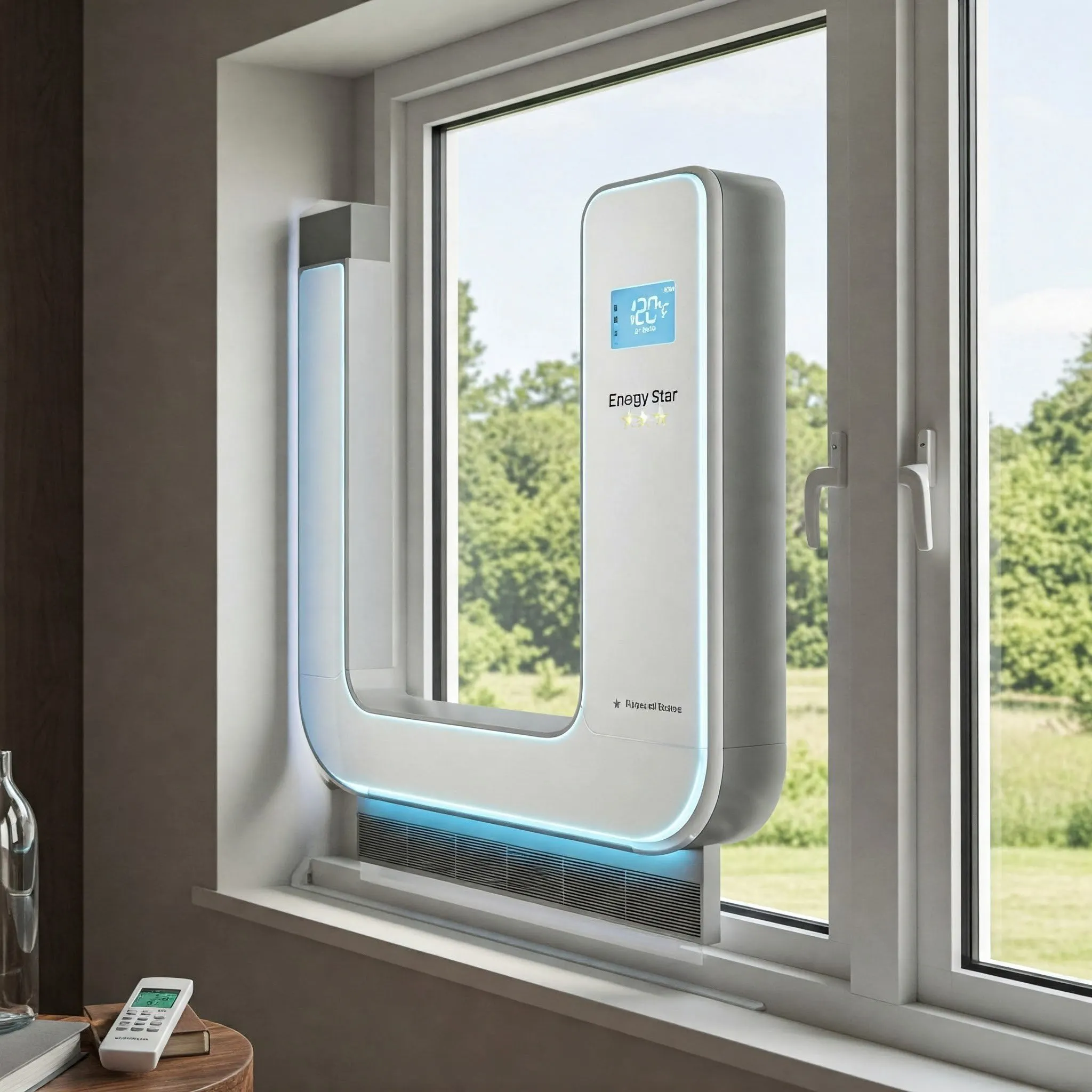The Ultimate Guide to the Best Mirrorless Cameras in 2025
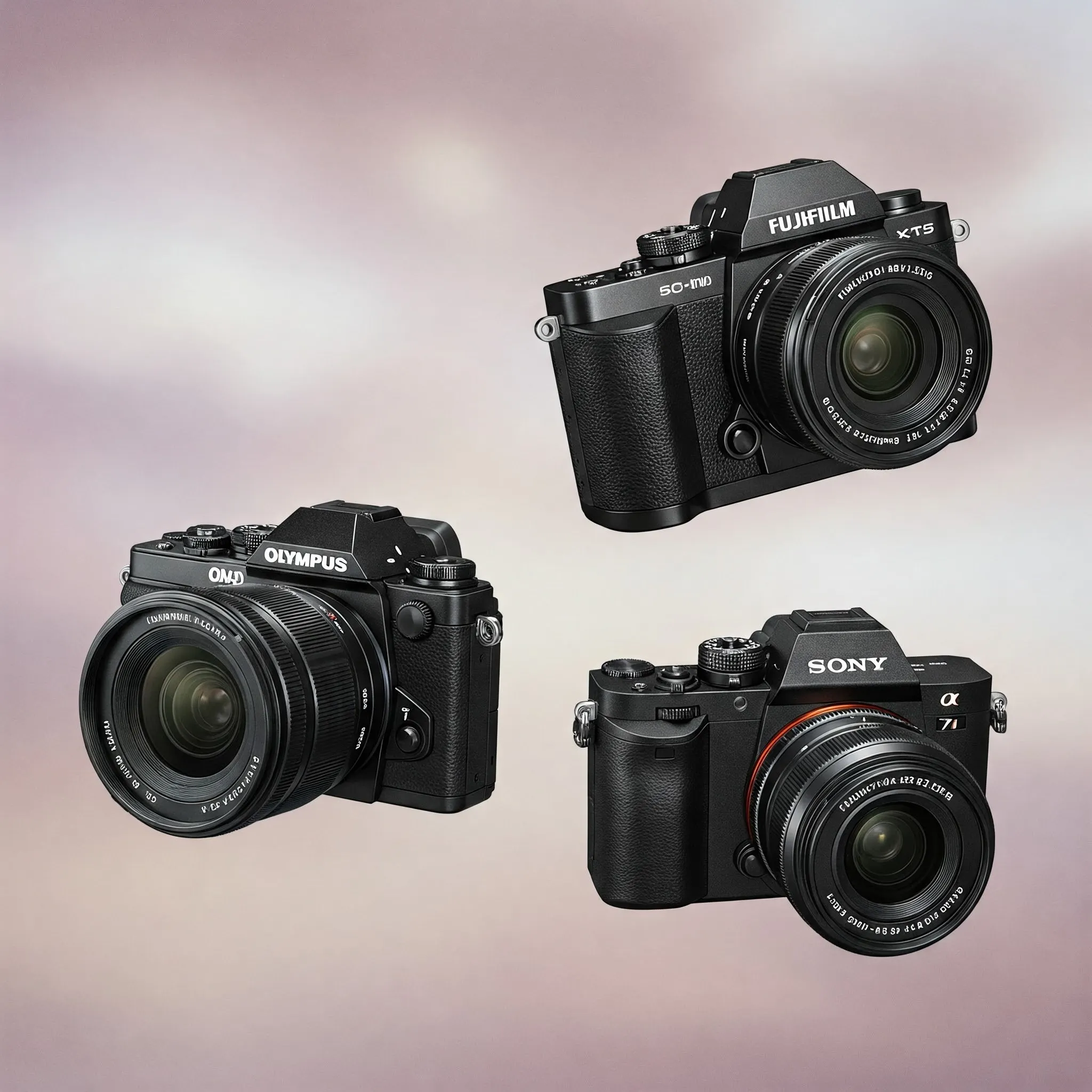
"Please be advised that we may receive compensation from the products featured on this page, and we participate in affiliate programs. Learn More ›"
Mirrorless cameras have revolutionized the world of photography, offering a compelling alternative to traditional DSLRs by delivering superior image quality in a more portable and technologically advanced package. If you're looking to elevate your photography beyond the capabilities of your smartphone, a mirrorless camera is undoubtedly the best choice. After extensive research and hands-on testing spanning over seven years, we've identified the top mirrorless cameras that cater to various needs and skill levels.
====================================================================
Everything We Recommend at a Glance:
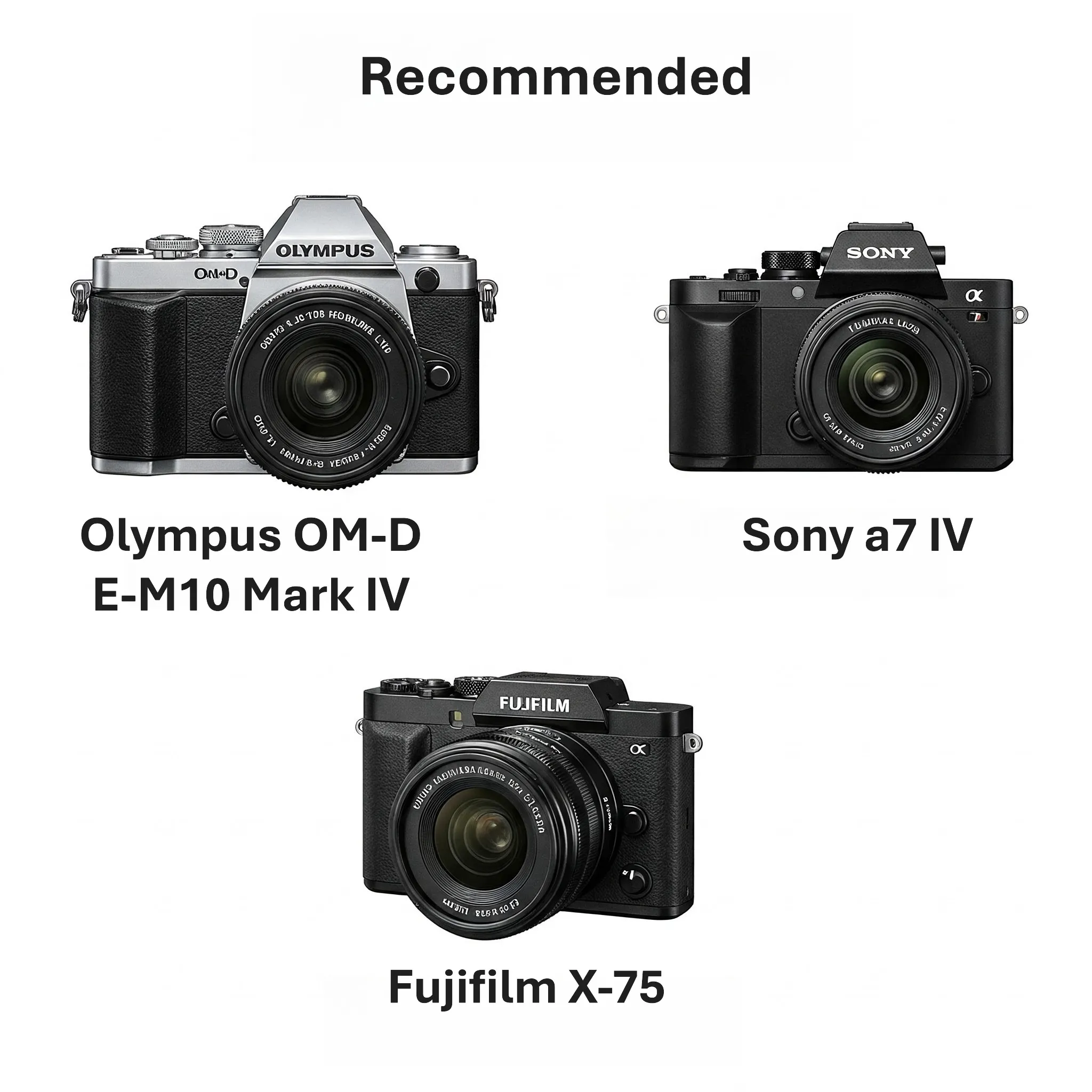
Our top recommendation for most people is the Olympus OM-D E-M10 Mark IV. This camera stands out for its compact size, extensive lens selection, exceptional built-in image stabilization, reliable autofocus, and consistent exposure, making it incredibly easy to capture stunning images in any environment. You can find it at Amazon for approximately $770 and at Walmart for around $764.
For serious photographers seeking a more advanced and robust option, we highly recommend the Fujifilm X-T5. This retro-styled, weather-sealed camera boasts an impressive APS-C sensor, ample customizable controls, superb autofocus, excellent video capabilities, built-in stabilization, and delivers outstanding image quality, even in challenging low-light conditions. It's available on Amazon for about $2,495 and at Best Buy for approximately $2,200.
For those looking to step up to a full-frame camera and prioritize the absolute best image quality, the Sony α7 IV is our top pick. This model offers exceptional image clarity, a versatile tilting touchscreen, dual memory card slots, and cutting-edge autofocus technology. You can purchase it from Amazon for around $2,398, Walmart for approximately $2,298, and Best Buy for about $2,700.
====================================================================
Top Pick: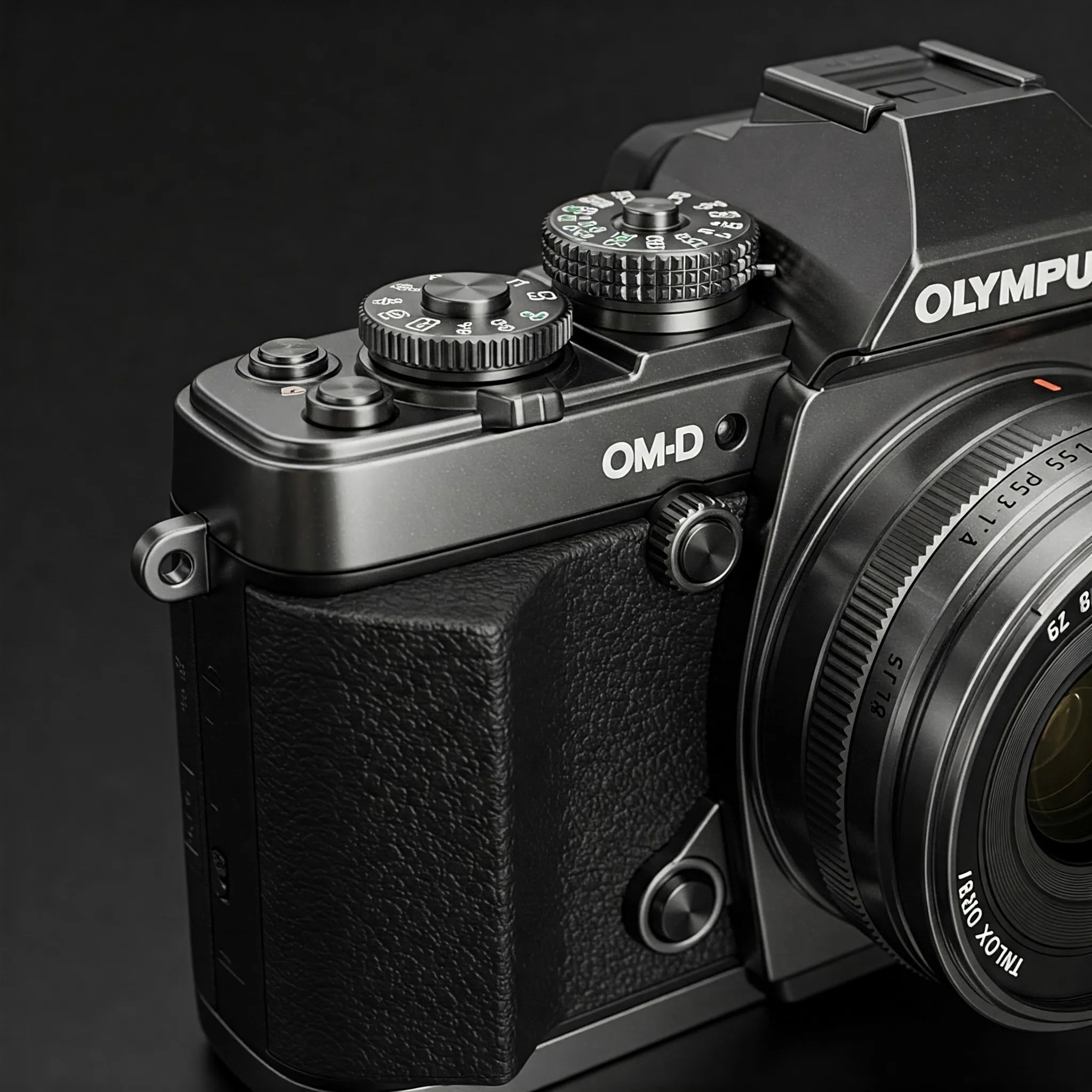
- Olympus OM-D E-M10 Mark IV: The best mirrorless camera for most people, offering a fantastic balance of features, performance, and affordability.
Buying Options:
- Amazon: Approximately $770
- Walmart: Approximately $764
Upgrade Pick:
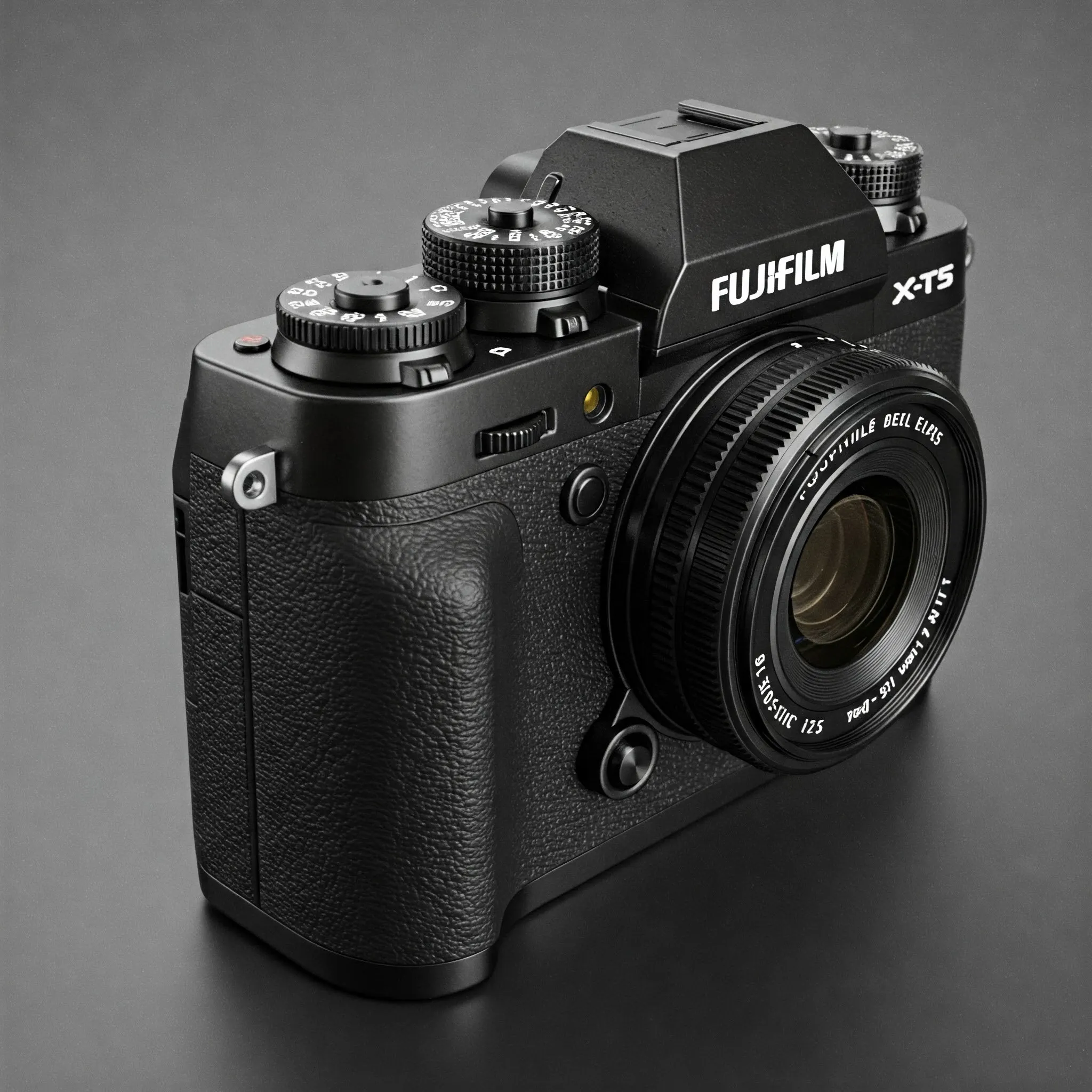
- Fujifilm X-T5: The ideal choice for serious photographers looking for advanced features, exceptional image quality, and a classic shooting experience.
Buying Options:
- Amazon: Approximately $2,495
- Best Buy: Approximately $2,200
Best for Full-Frame:
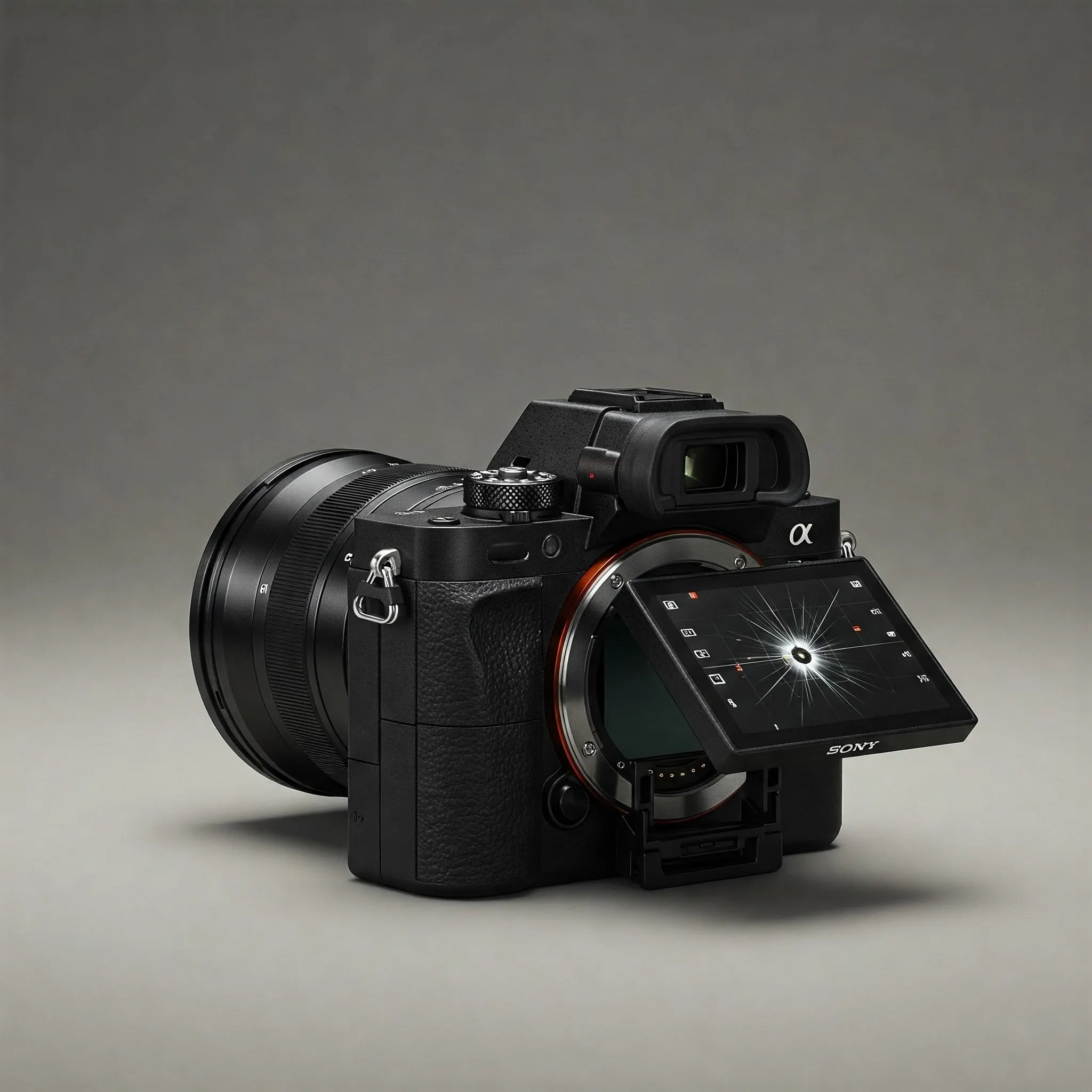
- Sony α7 IV: The ultimate mirrorless camera for those who demand the highest level of image quality and low-light performance.
Buying Options:
- Amazon: Approximately $2,398
- Walmart: Approximately $2,298
- Best Buy: Approximately $2,700
====================================================================
What to Consider When Buying a Mirrorless Camera:

When choosing a mirrorless camera, several factors come into play. Sensor size is a crucial aspect, as larger sensors generally translate to better image quality, especially in low light, and the ability to achieve a shallower depth of field. Mirrorless cameras come with various sensor sizes, including Four Thirds (found in the Olympus OM-D E-M10 Mark IV), APS-C (featured in the Fujifilm X-T5), and full-frame (as seen in the Sony α7 IV).
Portability is another significant advantage of mirrorless cameras over DSLRs. Their reduced mechanical complexity allows for smaller and lighter designs, making them easier to carry around for everyday photography and travel.
Battery life is a consideration, as smaller camera bodies often house smaller batteries, resulting in fewer shots per charge compared to some DSLRs. However, manufacturers are continuously improving battery efficiency in mirrorless models.
====================================================================
How We Picked the Best Mirrorless Cameras:
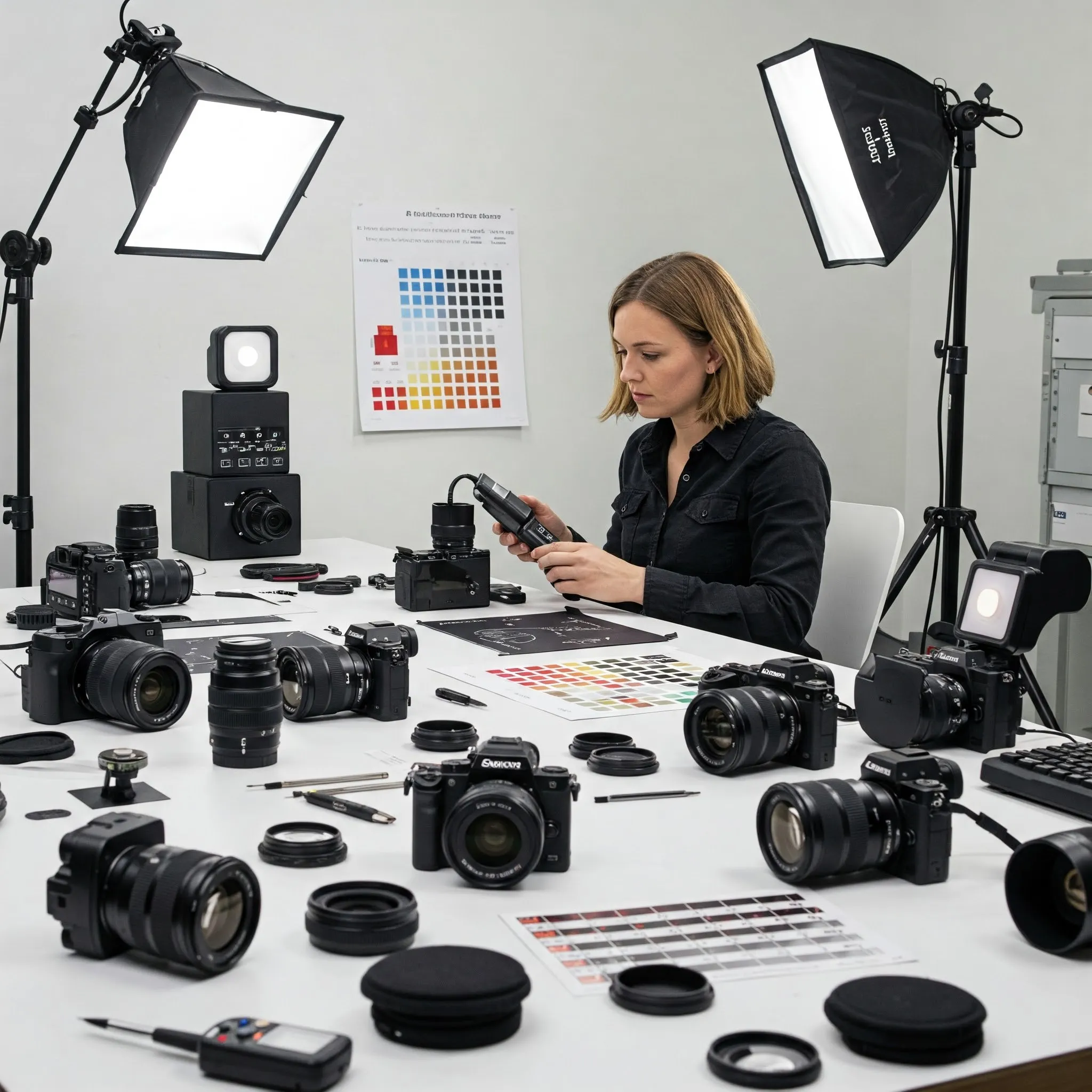
Our selection process involves thoroughly evaluating all currently available mirrorless cameras, considering the needs of various photographers, from beginners transitioning from smartphones to experienced enthusiasts looking to enhance their skills. We prioritize cameras that offer the best balance of price and features essential for those serious about learning and growing in photography.
Key features we consider include a high-resolution electronic viewfinder (EVF) for precise framing and manual focusing, a comfortable grip and ample external controls for intuitive operation, a tilting or rotating screen for versatile shooting angles, a fast burst-shooting rate for capturing action, long battery life, a second card slot for backup or expanded storage, fast and reliable autofocus, and weather sealing for durability in various conditions.
Our testing involves taking the cameras out in real-world scenarios, using them with their kit lenses in diverse situations, and assessing their performance in both automatic and manual modes. We meticulously evaluate the autofocus system's speed and accuracy, the user-friendliness of the menu systems, the seamlessness of smartphone connectivity for remote shooting and image transfer, and, of course, the overall image quality.
====================================================================
Why You Should Trust Us

At ClixNest, our team is dedicated to providing unbiased and thorough product reviews. Our lead expert for photography, printers, and scanners brings approximately 25 years of experience testing cameras and lenses. In a previous role as a senior editor, they covered this category from its very beginning, overseeing all camera and lens testing and personally field-testing every camera reviewed by that publication. This extensive background ensures a deep understanding of camera technology and performance.
For this guide specifically, our expert has used all the cameras we recommend over the past seven years, staying informed about advancements in professional-level cameras to better contextualize the models suitable for most users. Whether it's a new release or a camera from their personal collection, they engage in daily photography, constantly seeking new ways to challenge and explore the technical capabilities of these devices.
Like all ClixNest journalists, our reviews and tests are conducted with complete editorial independence. We are never influenced by any business considerations related to our recommendations, allowing us to provide honest and reliable advice.
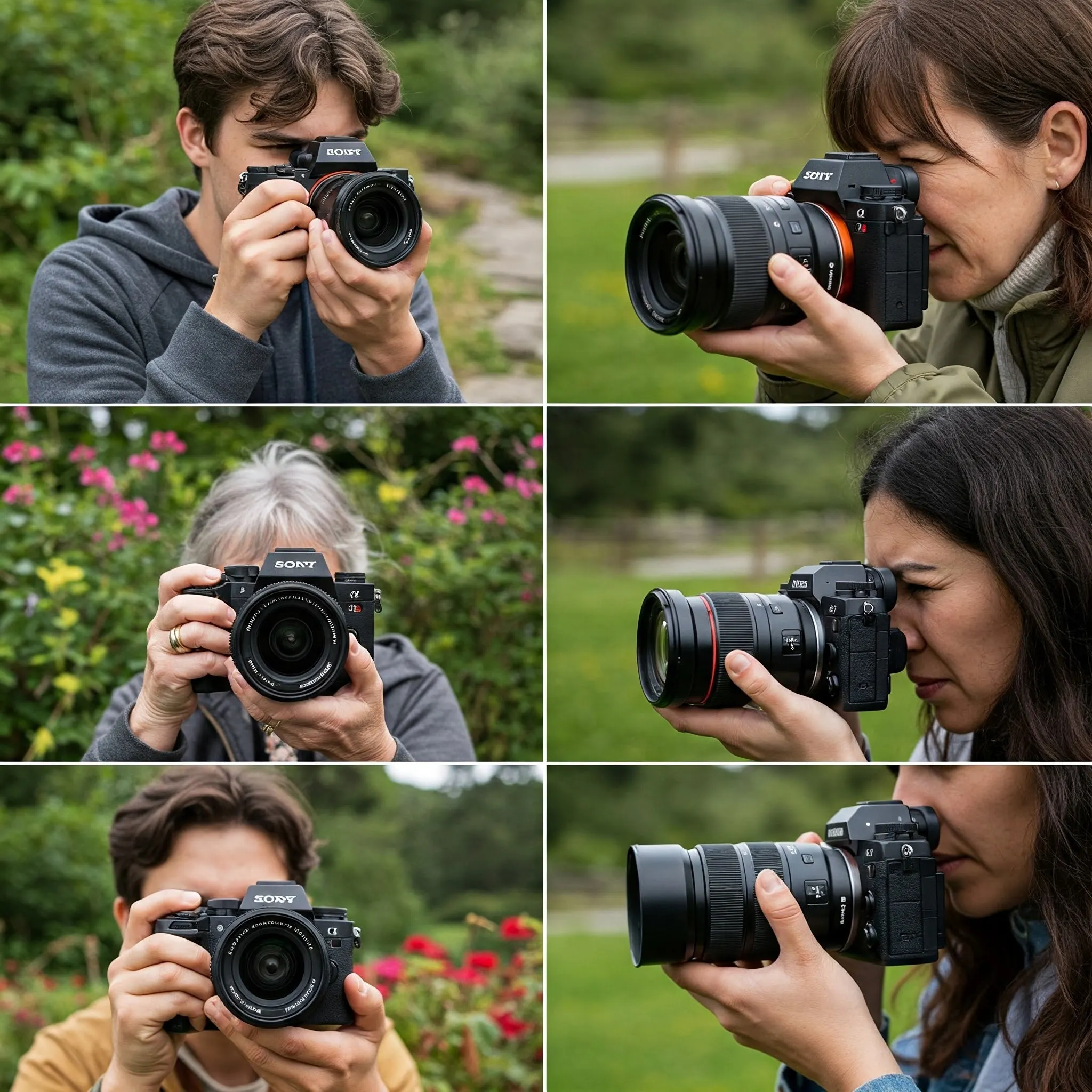
====================================================================
Who This Is For

If you find yourself limited by the capabilities of your smartphone camera or are curious about understanding fundamental photography concepts like shutter speed, aperture, and ISO, then investing in a mirrorless camera is likely a smart move for you. Even if you're already familiar with these terms, a mirrorless camera offers a significant step up in image quality and creative control.
Compared to traditional Digital Single-Lens Reflex (DSLR) cameras, mirrorless cameras boast a more compact and lightweight design. Instead of an optical viewfinder that uses a mirror to direct light from the lens to your eye, mirrorless cameras feature an electronic viewfinder (EVF) that displays a live feed directly from the camera's sensor. This means you see precisely the image you're about to capture, offering a more accurate representation of the final result.
These combined advantages make mirrorless cameras easier to carry around and less cumbersome to operate than DSLRs, all while providing equal or even superior image quality. As an added benefit, the adaptability of mirrorless cameras allows you to use lenses from older film or DSLR systems with simple adapters, breathing new life into vintage photographic equipment.

====================================================================
What You Need to Know About Mirrorless Cameras

Understanding a few key aspects of mirrorless cameras can help you make a more informed purchasing decision.
Sensor Size: Generally, a larger sensor size correlates with better image quality. The sensors found in the cameras we recommend are significantly larger than those in smartphones. In ascending order of size, mirrorless cameras typically feature Four Thirds sensors (as in the Olympus OM-D E-M10 Mark IV), APS-C sensors (like the one in the Fujifilm X-T5), full-frame sensors (found in the Sony α7 IV), and even medium format sensors (though these are currently too expensive for our general recommendations).
At the same pixel count, larger sensors have larger individual pixels, which can gather more light. This results in reduced image noise (those unwanted tiny speckles) and increased detail in your photos. Larger sensors also offer the potential for a shallower depth of field, creating beautifully blurred backgrounds that can make your subject stand out. However, this also means that achieving precise focus on your subject becomes more critical.
Portability: Mirrorless cameras were specifically designed to be more portable than DSLRs. By eliminating the need for the internal mirror and related mechanisms found in DSLRs, manufacturers can create smaller camera bodies. While some newer mirrorless models incorporate larger grips for better handling, they generally remain smaller, lighter, and notably thinner than comparable DSLRs. The variety in design, from DSLR-like shapes to rangefinder styles, ensures that everyone can find a mirrorless camera that suits their shooting preferences and is convenient to carry.
Battery Life: Due to their smaller size, mirrorless cameras often use smaller batteries, which can lead to fewer photos per charge. While camera manufacturers are making strides in improving battery efficiency, especially in entry-level models, some battery life might be sacrificed in favor of a more compact form factor.
====================================================================
How We Picked and Tested
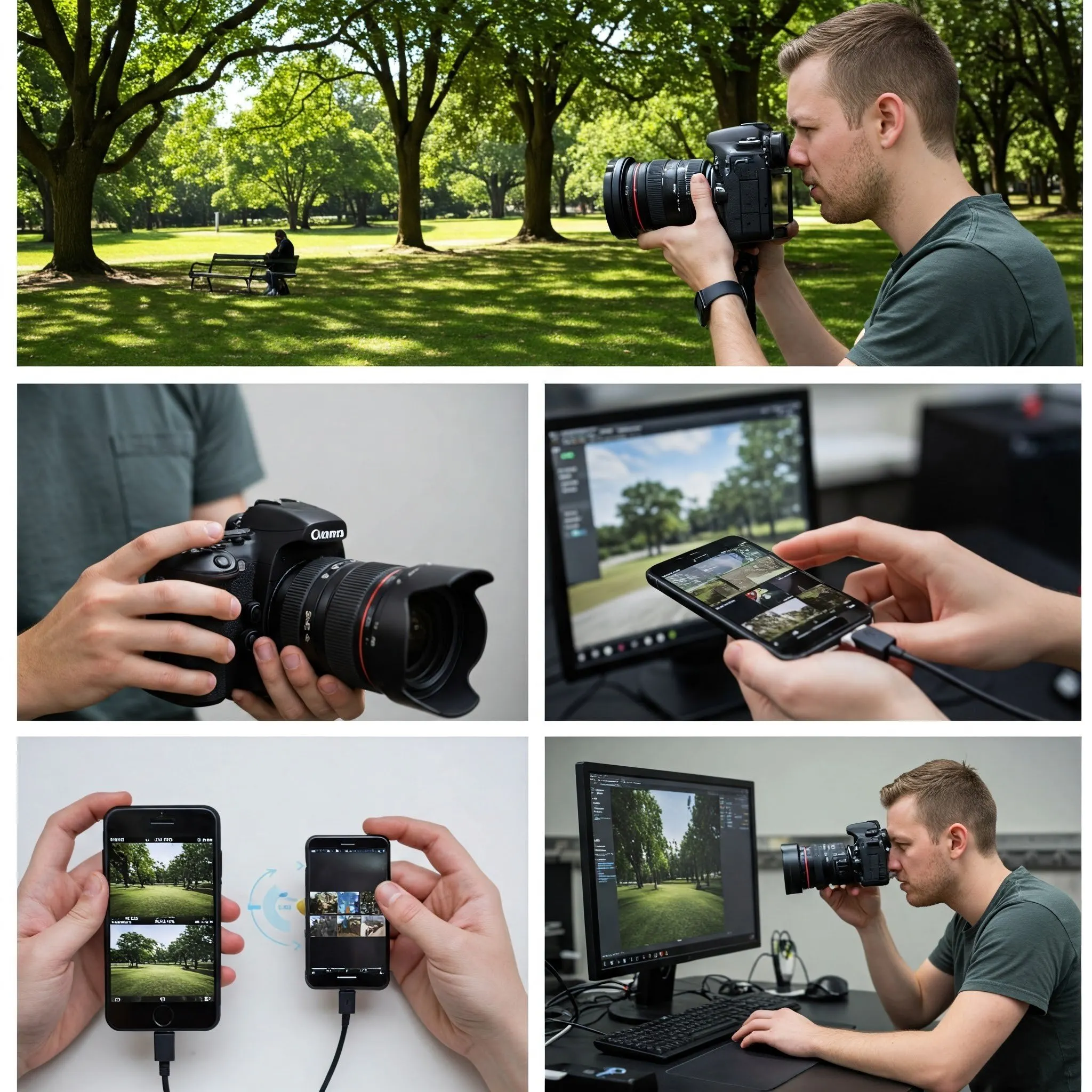
Our rigorous selection and testing process ensures that we recommend only the best mirrorless cameras available. For each testing cycle, we consider all current mirrorless camera models, taking into account the diverse needs of photographers at different stages of their journey. We aim to find the optimal balance between price and features that are most valuable to individuals who are serious about photography as a hobby.
Key criteria we evaluate include:
- High-Resolution EVF: An electronic viewfinder providing a detailed view is crucial for accurate framing and manual focusing.
- Comfortable Grip and Ample External Controls: Easy adaptation to different shooting situations is paramount.
- Tilting or Rotating Screen: Essential for capturing photos from various and unique angles.
- Fast Burst-Shooting Rate: Important for capturing fast-moving subjects effectively.
- Long Battery Life: Minimizing interruptions for battery changes is key for extended shooting sessions.
- Second Card Slot: Offers instant backup, separate storage for video and stills, or simply the security of having extra storage available.
- Fast, Reliable Autofocus: Crucial for capturing sharp images and maintaining focus on moving subjects.
- Weather Sealing: Provides protection against light rain and dust, allowing for worry-free shooting in less-than-ideal conditions.
Our testing methodology involves real-world usage in various environments like streets and parks, utilizing the kit lenses in a wide array of shooting scenarios. We assess performance in full auto mode as well as other shooting modes. We pay close attention to the autofocus system, evaluating its ease of use for selecting focus points and its ability to lock onto and track subjects. We navigate the menu systems to gauge their intuitiveness, although we acknowledge that most mirrorless camera menus can be somewhat complex.
We also test the smartphone connectivity of each camera, ensuring a simple pairing process and evaluating the level of remote control offered, as well as the ease of transferring images to a phone. Naturally, image quality is a critical aspect of our evaluation, although all the cameras we consider are capable of producing beautiful images.
====================================================================
Top Pick: Olympus OM-D E-M10 Mark IV - The Best Mirrorless Camera for Most People

The Olympus OM-D E-M10 Mark IV stands out as our top recommendation for individuals seeking the best value in a mirrorless camera with semi-professional features. It's a feature-rich camera that doesn't break the bank.
The E-M10 IV boasts a fast and accurate autofocus system, a high-resolution electronic viewfinder, and a versatile movable touchscreen. It can shoot continuously at five frames per second until the SD card is full (when using a UHS-II card). Its built-in image stabilization works effectively with any lens you attach, minimizing blur from camera shake.
We particularly appreciate the camera's ample physical controls, allowing for customization of multiple buttons and dials for quick access to frequently used settings. It produces images with excellent detail and vibrant colors. While its Micro Four Thirds sensor is slightly smaller than those in our upgrade and full-frame picks, the image quality is remarkably close, and most users won't notice a significant difference in most photos.
In our tests, images captured in good lighting conditions were comparable to those from similarly priced competitors. Although the E-M10 IV showed slightly more image noise at higher ISO settings, its compact and lightweight design, coupled with its affordable price, makes it a standout choice.
The E-M10 IV is compatible with an extensive range of lenses within the Micro Four Thirds system, offering over 100 native lenses from Olympus, Panasonic, and third-party manufacturers like Sigma, Tamron, and Tokina. This vast selection surpasses the lens options available for our other picks. Additionally, like other mirrorless cameras, it can utilize a wide variety of vintage lenses via simple mechanical adapters.
The image stabilization system is highly effective, allowing for sharper handheld shots in low light or when using longer zoom lenses. We consistently achieved usable sharp images at surprisingly slow shutter speeds, such as ⅓ of a second with a 50mm lens.
Ergonomically, the E-M10 IV is comfortable to use. Its grip provides a great balance of functionality and size, allowing for secure handling even with larger lenses. The control dials are easily accessible, even when using the viewfinder. While it only has two physical customizable buttons, Olympus provides ample options for assigning functions to them. Furthermore, the control panel on the tilting touchscreen can be customized to display your most frequently adjusted settings.
The smartphone app for the E-M10 IV is superior to those of many competitors. Its built-in Wi-Fi allows for seamless image transfer and remote control from your iOS or Android device. Beyond basic focus and exposure adjustments, you can switch shooting modes, control zoom on compatible Olympus lenses, and tap your phone screen to set the focus point. You can also adjust burst or timer modes, white balance, ISO, shutter speed, aperture, and exposure compensation remotely.
The autofocus system is quick and accurate, reliably finding focus almost instantly in good light. While focus speed may slightly decrease in dimmer conditions, it remains comparable to most competitors. We did not encounter any blurry shots due to autofocus errors during our testing.
The high-resolution OLED electronic viewfinder and the tilting touchscreen make framing shots easy and intuitive. While not the absolute best EVF we've tested (the Fujifilm X-T5 and Sony α7 IV have superior panels), it ranks among the top in its price range. The 3-inch tilting touchscreen allows for touch-to-focus and even touch-to-shoot functionality, similar to a smartphone camera. It can also be used as a trackpad for adjusting the focus point while looking through the viewfinder.
Flaws but Not Dealbreakers:
- The menu system, like most modern camera menus, can be complex and somewhat overwhelming.
- Battery life is shorter than our Fujifilm and Sony picks, rated at 360 shots per charge. Carrying an extra battery is recommended for longer outings.
- While autofocus is quick and accurate for static subjects, tracking performance for moving subjects can be less reliable, with the focus point occasionally shifting to the background. This might result in missed moments during burst shooting, but it generally didn't prevent us from getting the desired shot.
- The advertised burst rate of 8.7 shots per second is only achievable with continuous autofocus tracking disabled. With continuous AF, the maximum speed is 5 frames per second, making it less ideal for fast-paced sports photography.
====================================================================
Upgrade Pick: Fujifilm X-T5 - The Best Mirrorless Camera for Serious Photographers
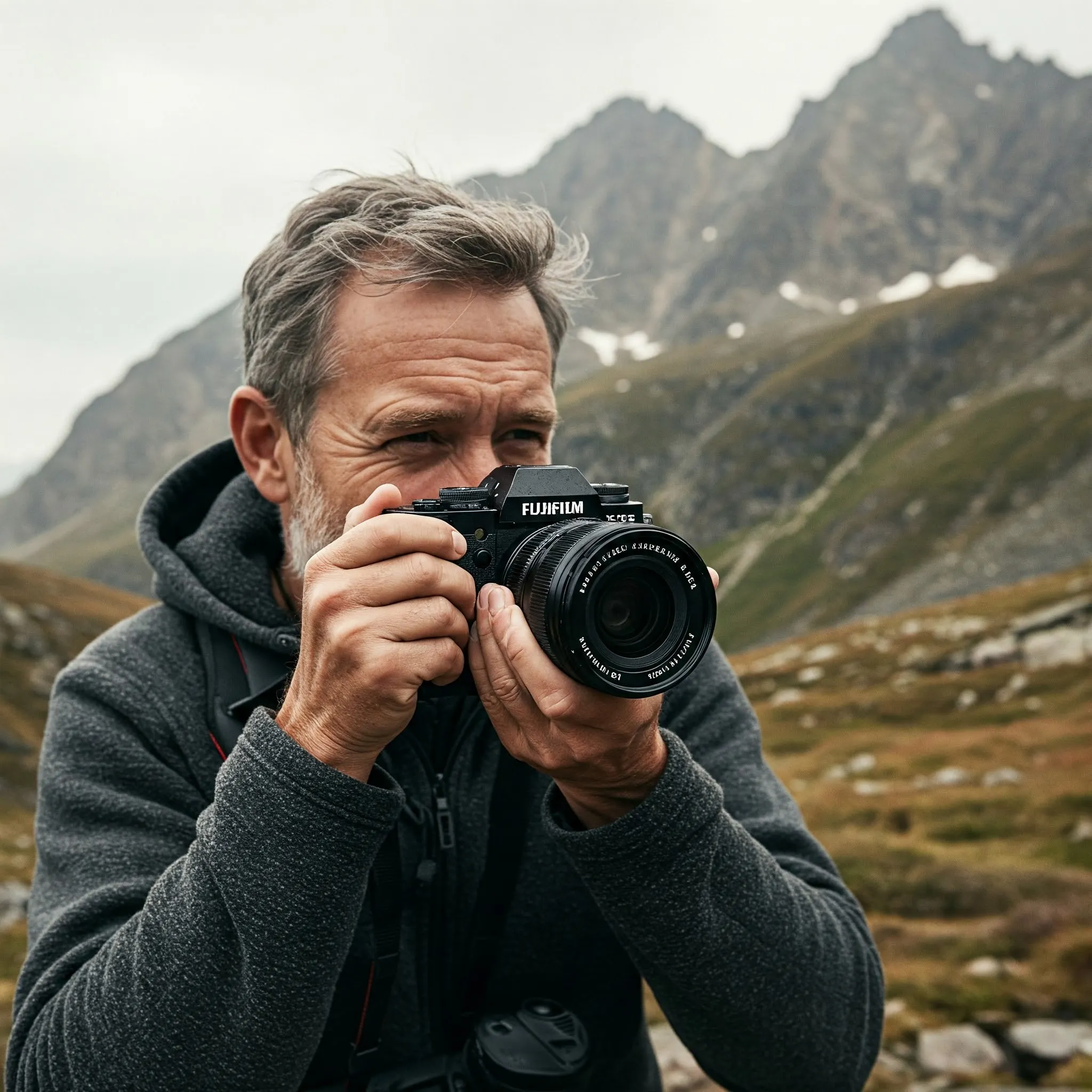
The Fujifilm X-T5 is our upgrade pick, designed for serious photographers who demand exceptional image quality, advanced features, and a classic, tactile shooting experience. This retro-styled, weather-sealed camera is the best APS-C mirrorless camera you can buy.
Behind its stunning vintage aesthetics lies a wealth of physical buttons and dials, complemented by extensive customization options and cutting-edge technology. The X-T5 is a powerful tool capable of capturing professional-looking photos and videos in any situation.
The images produced by its 40-megapixel sensor – the highest resolution in its class – are simply stunning. You can create very large prints with incredible detail, even after cropping. Uncropped images can be printed up to 32 by 21 inches at 240 dpi, exceeding the capabilities of many professional home printing setups.
Fujifilm's renowned film simulation modes are a standout feature, replicating the look and feel of the company's classic film stocks (including some discontinued ones). These simulations often do a better job of achieving that nostalgic film aesthetic than many paid filter apps. Beyond the built-in simulations, you can find numerous custom "recipes" online that can be added to the camera's custom shooting menu for even more personalized JPEG looks.
The classic controls offer ample room for customization. The most frequently used settings – shutter speed, ISO, and exposure compensation – have dedicated dials on the top of the camera. Fujifilm's lenses also feature a clicky aperture ring for direct control, although you can opt for camera-controlled aperture or use one of the customizable command wheels on the camera body. Changing settings while looking through the viewfinder is quick and easy, and the dials allow you to adjust crucial parameters even before turning the camera on. A well-positioned joystick makes controlling the autofocus point simple. The 3-inch touchscreen supports tap-to-focus and shoot, and other functions can be customized. The screen tilts up and down, as well as to the right for portrait orientation. While it doesn't flip out to the side like the screen on its predecessor, the X-T4, or the Sony α7 IV, this shouldn't be a major issue unless you frequently vlog or take selfies and prefer not to rely on your smartphone for framing.
Superior in-body image stabilization (IBIS) helps you capture sharper photos, especially when using long zoom lenses or shooting in dim conditions at slower shutter speeds. Fujifilm claims up to seven stops of stabilization, and in our testing, it reliably provided six stops. This allowed us to capture sharp photos with an 80mm lens (120mm equivalent) at a shutter speed of 1/2 second. Without stabilization, a shutter speed of 1/125 second would typically be required for a usable image with such a lens. Compared to the Olympus OM-D E-M10 Mark IV, the X-T5 offers one additional stop of stabilization, and it's also an improvement over its predecessor, the X-T4.
The battery life of the X-T5 is impressive, rated at 580 shots per charge, outlasting all our other picks. On most days, we were able to shoot throughout the day without the battery running out. However, during intensive three-and-a-half-hour bird photography sessions, the battery indicator did reach the red zone. These sessions were particularly demanding as we used the camera in performance boost mode, an optional setting that enhances autofocus capabilities and increases the EVF's refresh rate for better capture of fast motion. As always, we recommend carrying at least one extra battery as a precaution. The battery can also be charged via USB-C using a portable power bank, which is convenient as the X-T5, like many modern cameras, doesn't include a dedicated battery charger in the box, only a wall adapter and a USB-C cable.
The Fujifilm Camera Remote smartphone app is user-friendly and effective. Connecting the camera to a mobile device was straightforward. Once registered, the app remembers the camera and reconnects quickly via Bluetooth and Wi-Fi. We could easily shoot stills and videos, change all core camera settings, transfer images, and share them through the app. We also successfully updated the camera's firmware using the app.
The X-T5 boasts 56 weather-sealed points, providing peace of mind when shooting in challenging weather conditions. We experienced no issues using the camera in the rain. While our top pick, the Olympus E-M10 IV, can withstand a light shower, the X-T5 feels robust enough to handle a significant downpour (when paired with a weather-resistant lens). Fujifilm denotes its weather-sealed lenses with "WR" in the name, and most third-party manufacturers also indicate weather resistance for their lenses.
The tilting touchscreen, while not as versatile as the fully articulating screen of the X-T4, still offers significant flexibility for shooting at odd angles, tilting up, down, and to the right. While we think a fully articulating screen would have been preferable, the current implementation shouldn't be a major drawback for most users, especially if you're willing to use your smartphone for framing when in front of the camera for vlogging or selfies.
The electronic viewfinder is excellent, matching the quality of the Sony α7 IV with its 3.69 million dots, 0.5-inch size, and 0.8x magnification. We enjoyed using it for framing photos and for zooming in to ensure accurate manual focus when using Leica-mount manual lenses with an adapter.
Video quality is superb. The 4K footage we captured looked beautiful, and the image stabilization kept it impressively smooth even when shooting handheld at long focal lengths. The X-T5's larger APS-C sensor allows it to capture video with less noise in darker settings compared to our Olympus top pick, although the results won't be quite as clean as with the full-frame Sony α7 IV. The 6.2K resolution option provides extra flexibility for cropping down to 4K during editing. For external recording via HDMI to devices like Atomos or Blackmagic recorders, the X-T5 can output up to 6.2K at 30 fps in 12-bit Apple ProRes RAW or Blackmagic RAW formats, offering maximum leeway for color grading and advanced editing techniques. While we didn't have a compatible recorder to test this feature, the in-camera 10-bit (4:2:2) color at 6.2K looked stunning, just like the 4K footage we recorded.
====================================================================
Best for People Who Want a Full-Frame Camera: Sony α7 IV

For photographers who prioritize the absolute best image quality and exceptional low-light performance, the Sony α7 IV is our top recommendation in the full-frame mirrorless category. While we generally believe that most people don't necessarily need a full-frame camera, if you're seeking that extra level of image fidelity and low-light capability, the α7 IV is the best option available.
The image quality delivered by its 33-megapixel full-frame sensor is truly best-in-class. It captures an abundance of fine detail, allowing for very large prints, even at high ISO settings that would produce excessive noise on other full-frame cameras. While its images have more pixels than our top pick, they have slightly fewer than our upgrade pick. However, thanks to its larger full-frame sensor, the images are cleaner than both.
The α7 IV offers a wealth of customizable physical controls, more so than any of our other picks. These controls provide quick and seamless access to everything you need while shooting. Features include an autofocus-point control joystick, three customizable dials, a function button that opens a quick menu for changing essential settings, and five additional customizable buttons for rapid access to your most frequently adjusted options. While the total number of customizable buttons is comparable to rivals, the sheer breadth of functions you can assign to them sets the α7 IV apart.
Its versatile touchscreen display can be positioned in almost any way you need. It flips out to the side, tilts up and down, and can even face forward for selfies. Even if you prefer using the viewfinder, the touchscreen can function as a trackpad, allowing you to move the autofocus point by dragging your thumb across the screen. You can also tap the screen to focus on your subject, just like on a smartphone, or even set the camera to take a picture when you tap.
Battery life is a common concern with mirrorless cameras, but the α7 IV offers an impressive 520 shots per charge. While this is slightly less than our upgrade pick, it's still remarkable considering the larger size of its sensor. While we still recommend carrying an extra battery, a full charge should easily last through events like a child's sports game (unless you heavily rely on burst mode).
The inclusion of dual SD card slots ensures you never lose a shot. You can set the camera to write a backup of every image and video to the second card, providing invaluable protection against card failure, especially for irreplaceable moments or paid assignments. Alternatively, you can configure the camera to switch to the second card once the first is full, save video to one card and stills to the other, or save JPEGs to one and RAW images to the other.
The autofocus system on the α7 IV is exceptionally fast and accurate, arguably the best of any camera we recommend and one of the finest AF systems we've encountered in our testing. It utilizes artificial intelligence (AI) to intelligently determine what to focus on when set to full auto, zone focusing, or one of its tracking modes. Its face- and animal-tracking modes are particularly impressive, accurately finding and tracking eyes even as the subject moves around the frame or looks away from the camera. In our tests, the bird-tracking mode performed similarly well, tracking the eyes of birds in flight or hopping between branches.
The burst mode of the α7 IV is more than sufficient for most users, with a top speed of 10 frames per second in the Hi+ burst mode. This is ample for capturing fast action, including amateur sports. The speed slightly decreases when shooting in RAW format (unless you use a CFexpress card), but even at the slower 6 to 8 fps when shooting RAW on an SD card, these limitations are unlikely to be significant for anyone except professional sports photographers.
The α7 IV excels in producing clean-looking images even in very dimly lit environments. Photographers who frequently shoot indoors or during the evening or early morning will appreciate its wide ISO range, extending up to 204,800. While the maximum setting does produce noticeable noise when viewing images at 100% magnification, even discerning shooters are likely to agree that the α7 IV can produce exceptionally clean images up to ISO 25,600.
====================================================================
Other Mirrorless Cameras Worth Considering
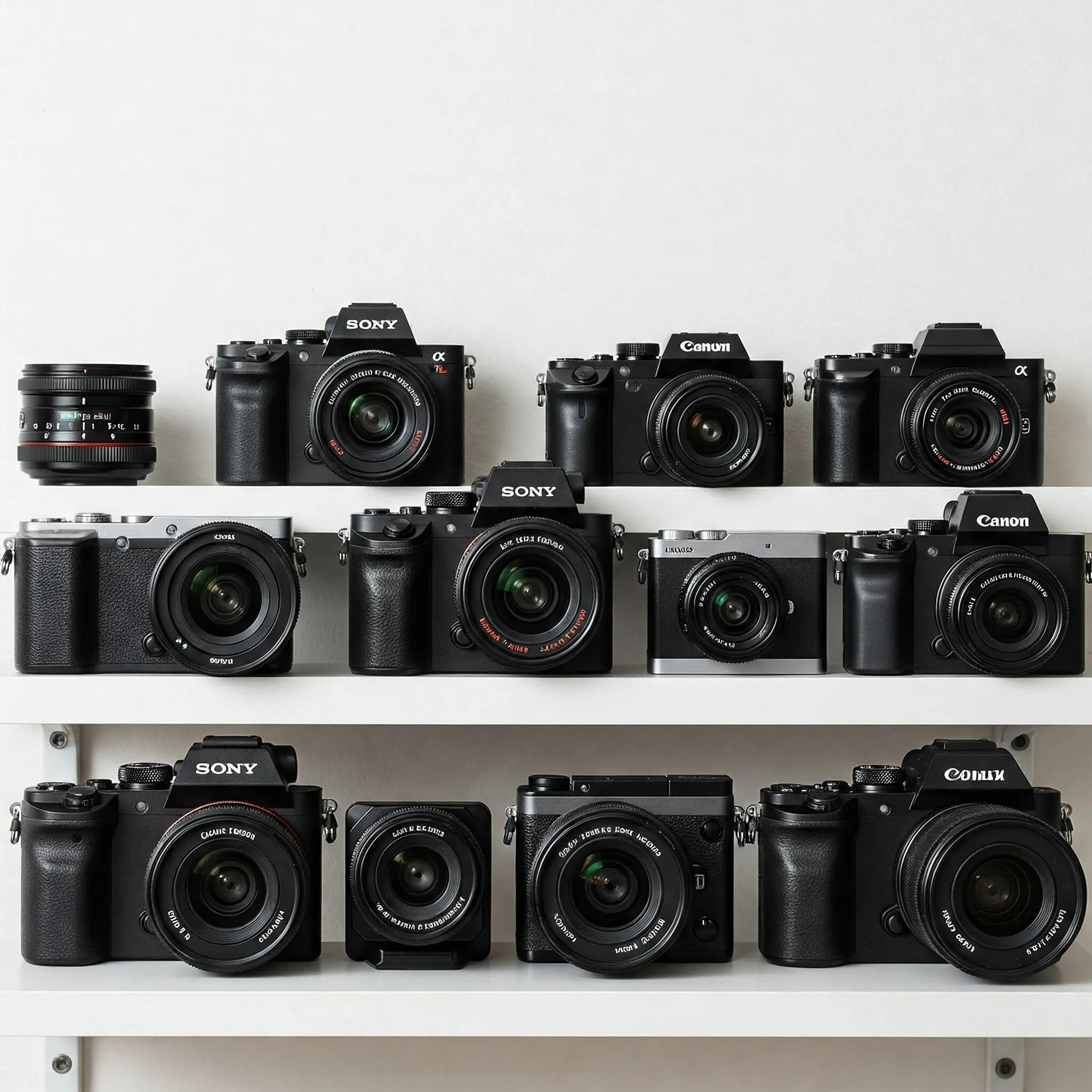
While the Olympus OM-D E-M10 Mark IV, Fujifilm X-T5, and Sony α7 IV are our top recommendations, several other excellent mirrorless cameras deserve consideration depending on your specific needs and budget.
For those on a tighter budget, older models from the same manufacturers, such as the Olympus OM-D E-M10 Mark III or the Fujifilm X-T30 II, can offer a significant portion of the performance and features of our top picks at a lower price point. These cameras still provide excellent image quality and a great introduction to mirrorless photography.
Enthusiasts interested in video might also consider the Panasonic Lumix GH6, known for its exceptional video features and robust build. While it utilizes the Micro Four Thirds system like our top pick, it's geared more towards advanced video production.
For photographers looking for a balance between portability and performance, the Canon EOS R10 and Nikon Z 50 are excellent APS-C options that offer a user-friendly experience and good image quality.
Finally, for those who desire the ultimate image quality and are willing to invest significantly, the Sony α1 and the Canon EOS R5 represent the pinnacle of mirrorless camera technology, offering unparalleled performance for professional use.
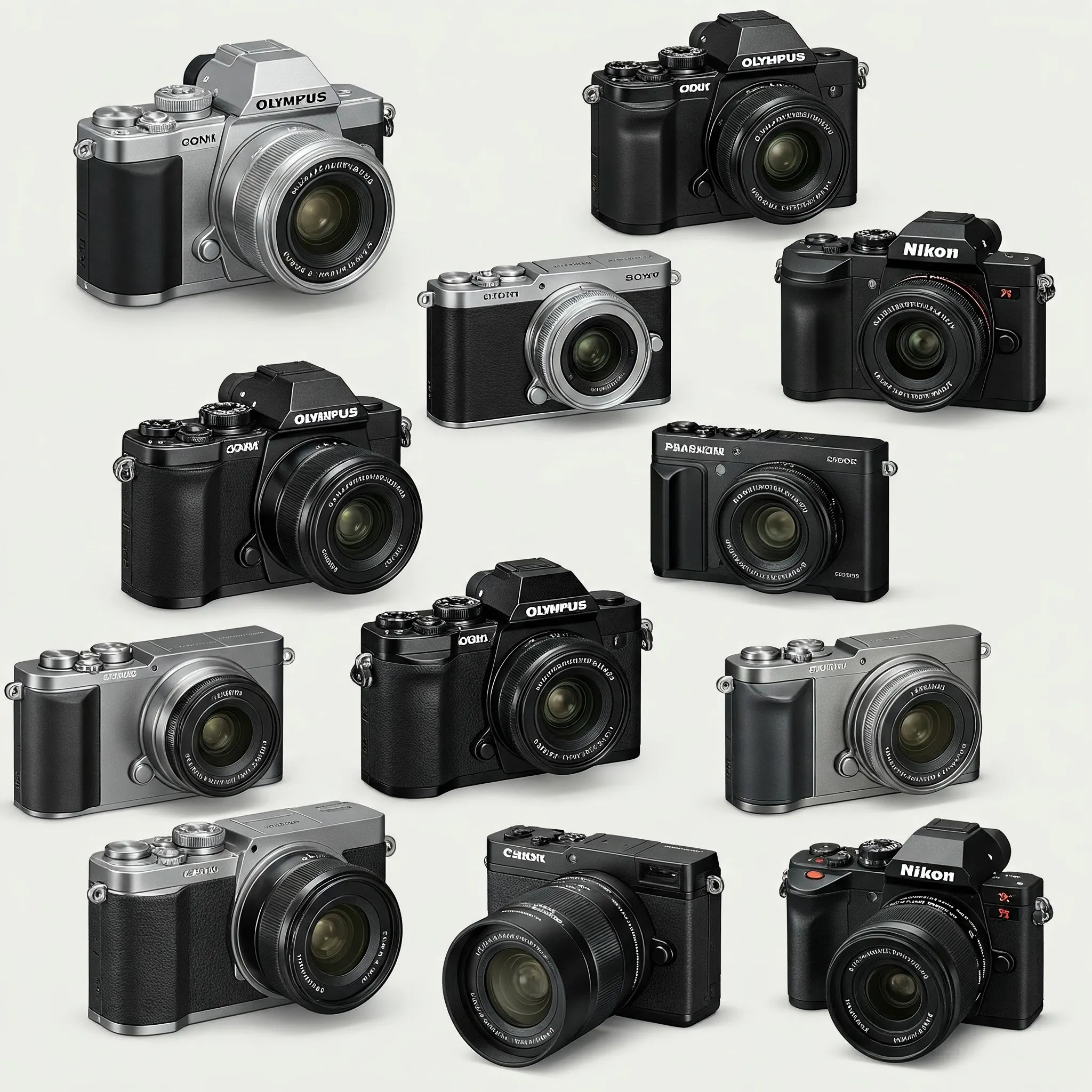
====================================================================
What to Look Forward To in Mirrorless Camera Technology
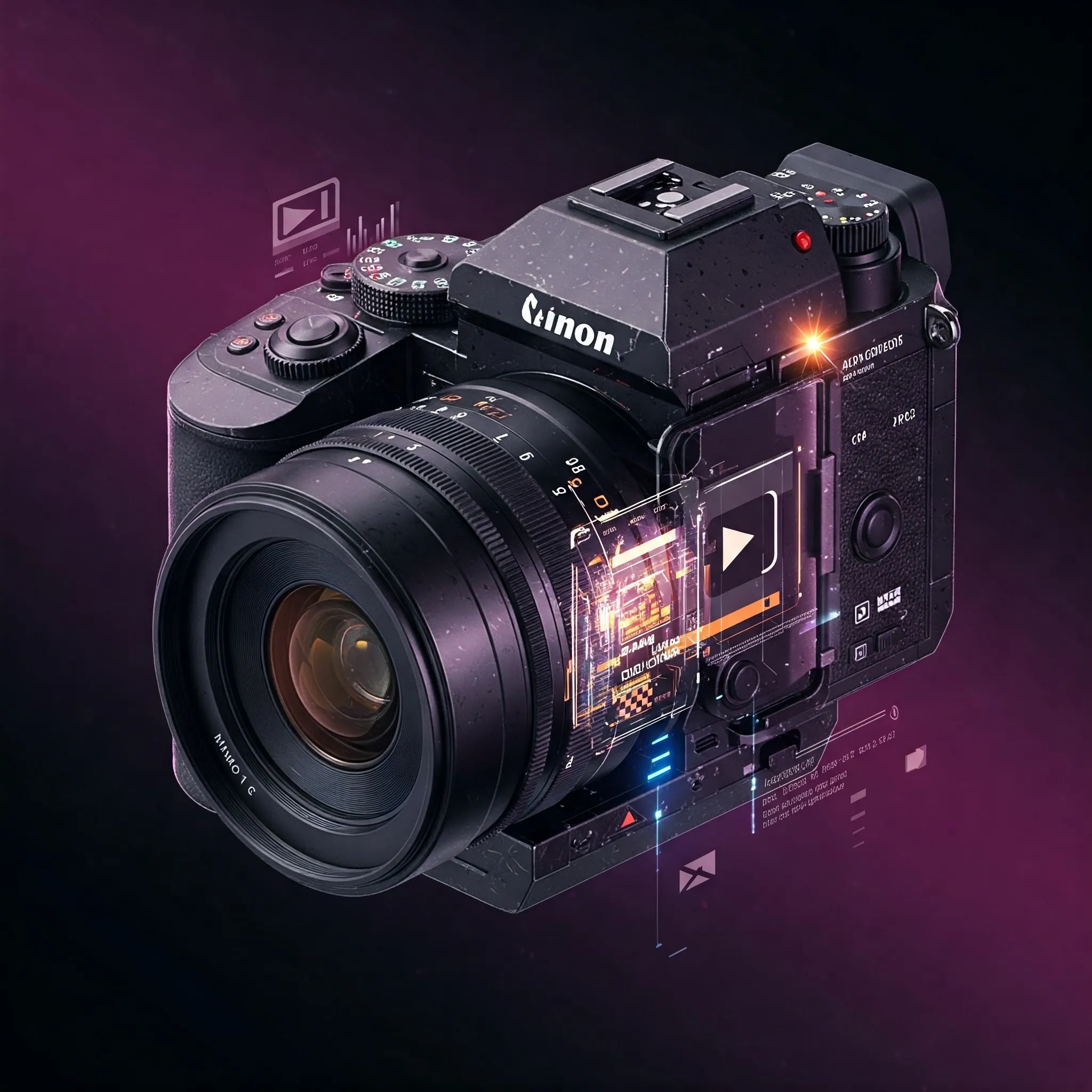
The field of mirrorless cameras is constantly evolving, with manufacturers pushing the boundaries of innovation. We can expect to see continued advancements in several key areas.
Sensor Technology: Higher resolution sensors with improved dynamic range and low-light performance are likely to become more common. We may also see further development in sensor technologies like backside-illuminated (BSI) and stacked sensors, leading to faster readout speeds and improved overall image quality.
Autofocus Systems: AI-powered autofocus, like the excellent system in the Sony α7 IV, will likely become more sophisticated and widespread. Expect even better subject detection and tracking capabilities, including more accurate eye and animal detection, and potentially the ability to recognize and track a wider range of subjects.
Video Capabilities: Mirrorless cameras are already strong contenders in the video realm, and we anticipate further improvements in video resolution (8K becoming more accessible), frame rates, and internal recording formats. Enhanced image stabilization for smoother handheld video and more advanced video assist tools are also likely developments.
Ergonomics and User Interface: While many mirrorless cameras offer excellent handling, manufacturers will likely continue to refine ergonomics and user interfaces to make cameras even more intuitive and comfortable to use for extended periods. We might see more customizable controls and streamlined menu systems.
Lens Technology: Alongside camera body advancements, expect to see new and improved lenses designed specifically for mirrorless systems. This includes wider apertures, sharper optics, and more versatile zoom ranges, often taking advantage of the shorter flange distance offered by mirrorless mounts.
Connectivity: Seamless integration with smartphones and other devices will continue to be a focus, with faster Wi-Fi and Bluetooth connectivity, as well as more advanced app features for remote control, image transfer, and even cloud integration.
====================================================================
The Competition
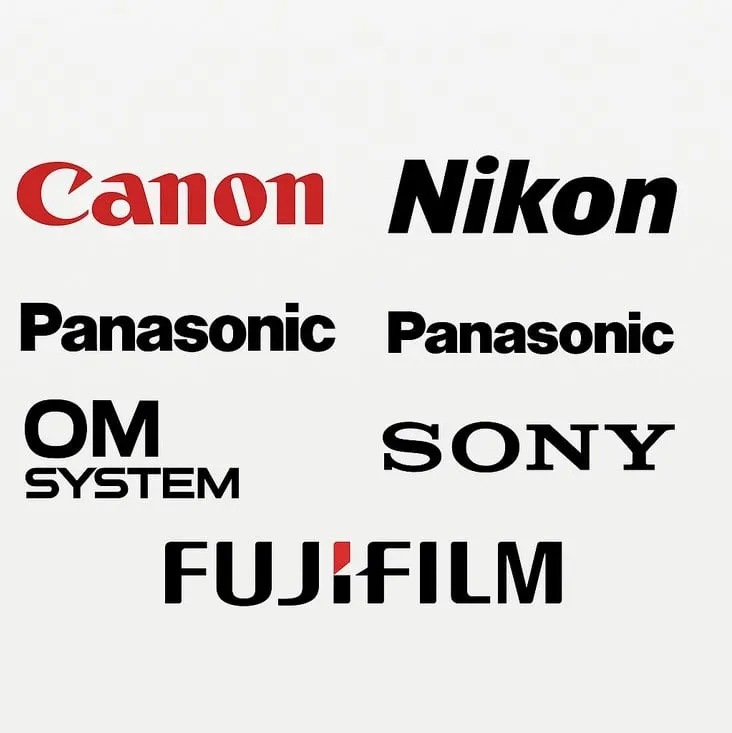
While mirrorless cameras have largely surpassed DSLRs in popularity and technological advancement, DSLRs still hold a place in the market for some photographers. DSLRs typically offer longer battery life due to their optical viewfinder and can sometimes have a more traditional feel that some photographers prefer. However, mirrorless cameras generally offer superior autofocus systems, better video capabilities, and more compact designs.
Within the mirrorless category itself, the competition is fierce. Major players like Canon, Nikon, Panasonic, OM System (formerly Olympus), Sony, and Fujifilm all offer compelling alternatives to our top picks.
Canon presents a strong lineup with models like the entry-level EOS R10 and EOS R50, the enthusiast-focused EOS R7 and EOS R6 Mark II, and the more budget-friendly full-frame option, the Canon EOS RP.
Nikon's Z series is rapidly gaining popularity, with offerings like the compact Nikon Z 50, the retro-inspired Nikon Z f (often paired with an add-on grip for better ergonomics), and the high-performance full-frame options including the Nikon Z 7II, Z 8, and Z 9.
Panasonic's Lumix series is particularly well-regarded for its video features. Models like the Panasonic Lumix DMC-G85 and Panasonic Lumix DMC-GX85 offer excellent value in the Micro Four Thirds system. For those looking at full-frame options, Panasonic’s Lumix S5, S5 II, and the recently announced Panasonic Lumix S9 are strong contenders.
OM System, building upon the legacy of Olympus, offers cameras like the professional-grade Olympus OM-1 and the capable Olympus OM-D E-M1 Mark III, both utilizing the versatile Micro Four Thirds system.
Sony boasts a wide range of mirrorless cameras, including the compact full-frame Sony α7C II, the popular and versatile Sony α7 IV (our full-frame pick), and the still-capable Sony α7 III.
Finally, Fujifilm offers a unique shooting experience with its APS-C sensor cameras and renowned film simulations. Besides our upgrade pick, the Fujifilm X-T5, other notable models include the stylish Fujifilm’s X-T50 and the previous generation Fujifilm X-T30 II. Accessories like SmallRig’s accessory grip can enhance the handling of some Fujifilm models.
The choice ultimately comes down to individual needs, preferences, and budget.
====================================================================
Final Thoughts

Choosing the best mirrorless camera ultimately depends on your individual needs and priorities. For most people looking to significantly improve their photography over their smartphone, the Olympus OM-D E-M10 Mark IV offers an exceptional balance of performance, features, and affordability. Serious photographers seeking advanced capabilities and stunning image quality will find the Fujifilm X-T5 to be an outstanding choice. And for those who demand the absolute best image quality and low-light performance that a full-frame sensor provides, the Sony α7 IV is the clear winner. Regardless of your choice, investing in a mirrorless camera is a significant step towards unlocking your creative potential and capturing truly remarkable images.
====================================================================
Key Takeaways
- Olympus OM-D E-M10 Mark IV: Best overall for its portability, features, and value. Ideal for beginners and enthusiasts alike.
- Fujifilm X-T5: Top choice for serious photographers with its high-resolution sensor, classic controls, and excellent image quality.
- Sony α7 IV: Best for those who prioritize full-frame image quality and exceptional autofocus performance.
- Mirrorless cameras offer superior image quality and portability compared to smartphones and often outperform DSLRs in autofocus and video capabilities.
- Consider sensor size, portability, battery life, and your specific photographic needs when choosing a mirrorless camera.
- The mirrorless camera market is constantly evolving, with exciting advancements on the horizon in sensor technology, autofocus, video capabilities, and lens design.








